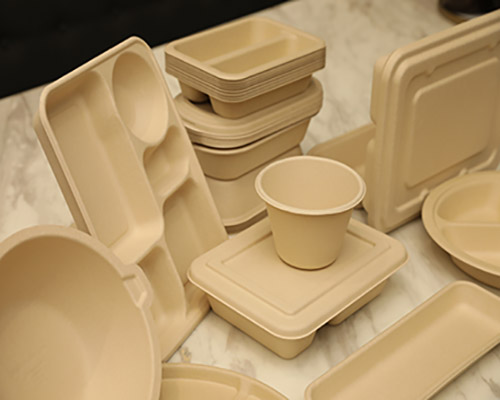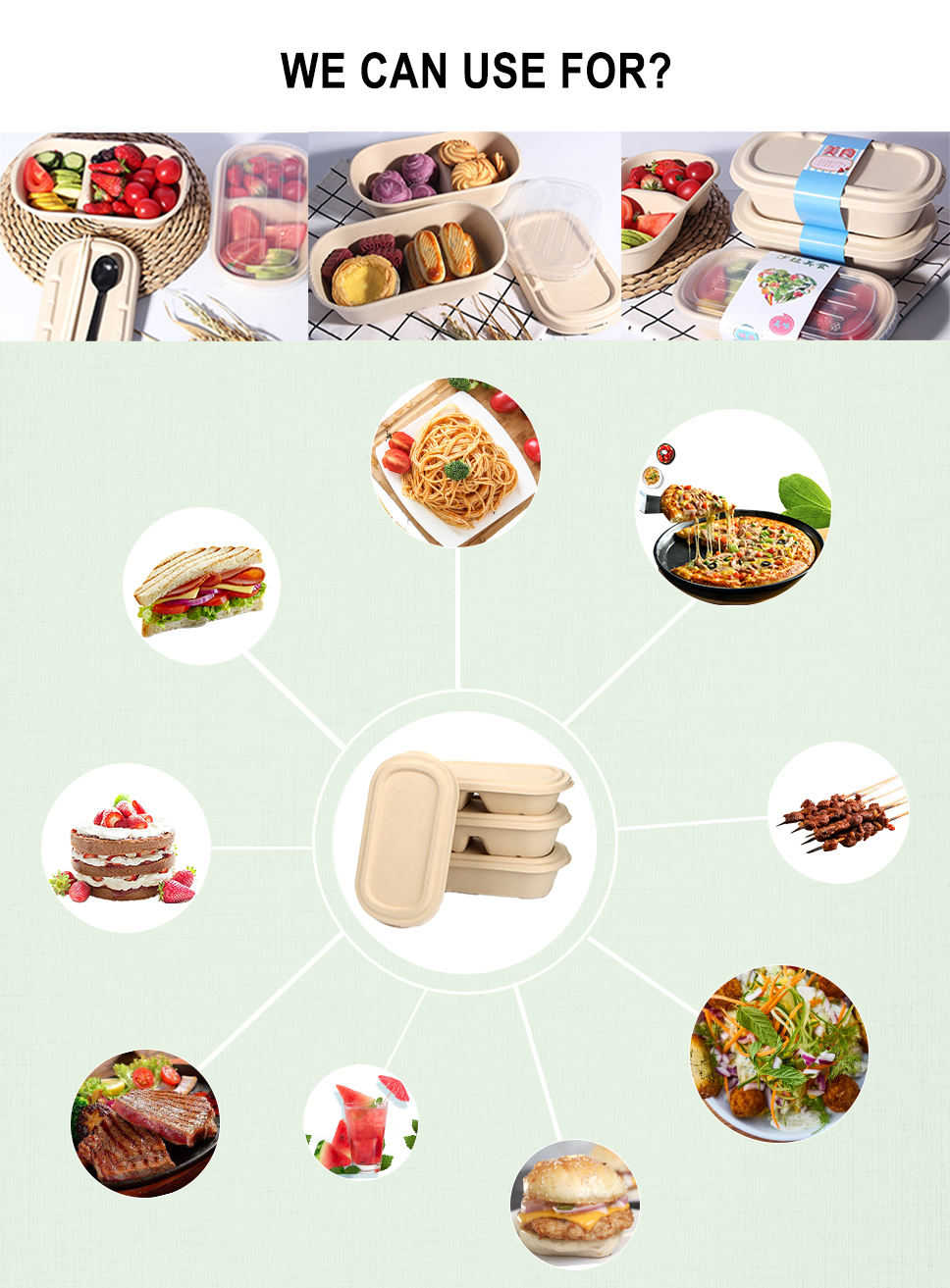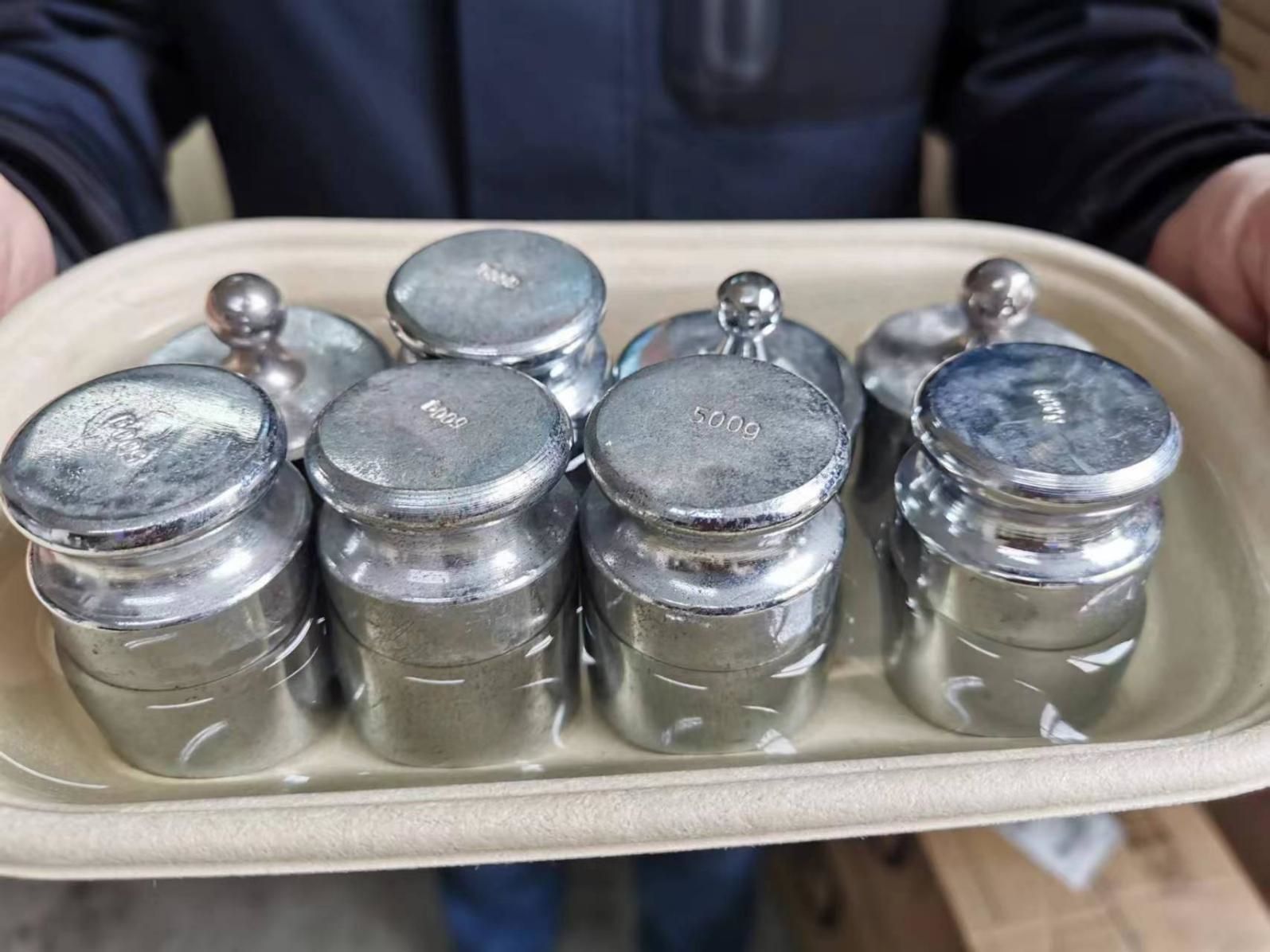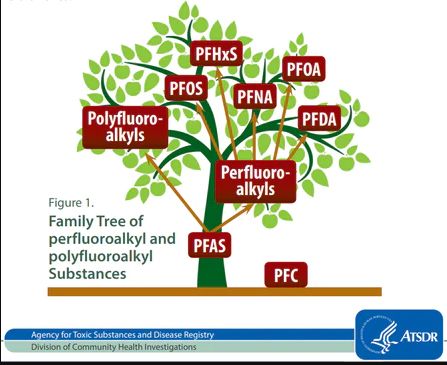How To Make Packaging From Bamboo Pulp? Why is bamboo pulp better than plastic?
Bamboo pulp is derived from the fibers of the bamboo plant. The process involves breaking down the bamboo fibers into a pulp, which can then be used to create a variety of products, including packaging, paper, and other materials. Bamboo is a fast-growing and renewable resource, making it an environmentally friendly alternative to traditional pulp sources. It is widely utilized across various industries, particularly in the foodservice packaging sector such as Customized Bamboo pulp 700ml Lunch Box, serving as an environmentally friendly substitute for traditional plastic.
The process of making Bamboo tableware involves the following steps:
Pulping: Bamboo fibers are extracted and pulped to break down the material into a pulp suitable for molding.
Molding: The bamboo pulp is then molded into the desired packaging shapes using molds and presses. This can be done through processes such as thermoforming, injection molding, or pressing.
Drying: The molded bamboo pulp packaging is dried to remove excess moisture and to ensure that it retains its shape and strength.
Finishing: Once dried, the bamboo pulp packaging may undergo additional finishing processes, such as trimming, cutting, or adding any necessary coatings or finishes.
Quality control: The final bamboo pulp packaging products undergo quality control checks to ensure they meet the required standards for strength, durability, and appearance.
Why is bamboo pulp material better than plastic
Bamboo pulp material is considered better than plastic for several reasons:
Sustainability: Bamboo is a rapidly renewable resource, making bamboo pulp a sustainable alternative to plastic, which is derived from non-renewable fossil fuels.
Biodegradability: Products made from bamboo pulp are biodegradable, meaning they can naturally decompose at the end of their lifecycle, reducing environmental impact and waste accumulation. In contrast, plastic persists in the environment for hundreds of years.
Lower environmental impact: The production of bamboo pulp material generally has a lower carbon footprint compared to plastic, contributing to efforts to mitigate climate change and reduce pollution.
Versatility: Bamboo pulp can be used to create a wide range of products, including packaging, tableware, and other items, offering a versatile and sustainable alternative to traditional plastic products.
Is bamboo pulp eco friendly?
Yes, bamboo pulp is considered to be eco-friendly. Bamboo is a highly renewable resource, known for its fast growth and minimal environmental impact. The production of bamboo pulp material typically involves sustainable harvesting practices, and the resulting products are biodegradable and have a lower environmental footprint compared to traditional plastic materials. Therefore, bamboo pulp is often favored for its eco-friendly attributes.
Is bamboo 100% biodegradable?
Yes, bamboo is considered to be 100% biodegradable. When bamboo products reach the end of their lifecycle, they can naturally decompose, returning to the environment without leaving behind harmful residues. This biodegradability is one of the key environmental benefits of using bamboo-based materials.

 Box With T buckle
Box With T buckle C31-0056-A
C31-0056-A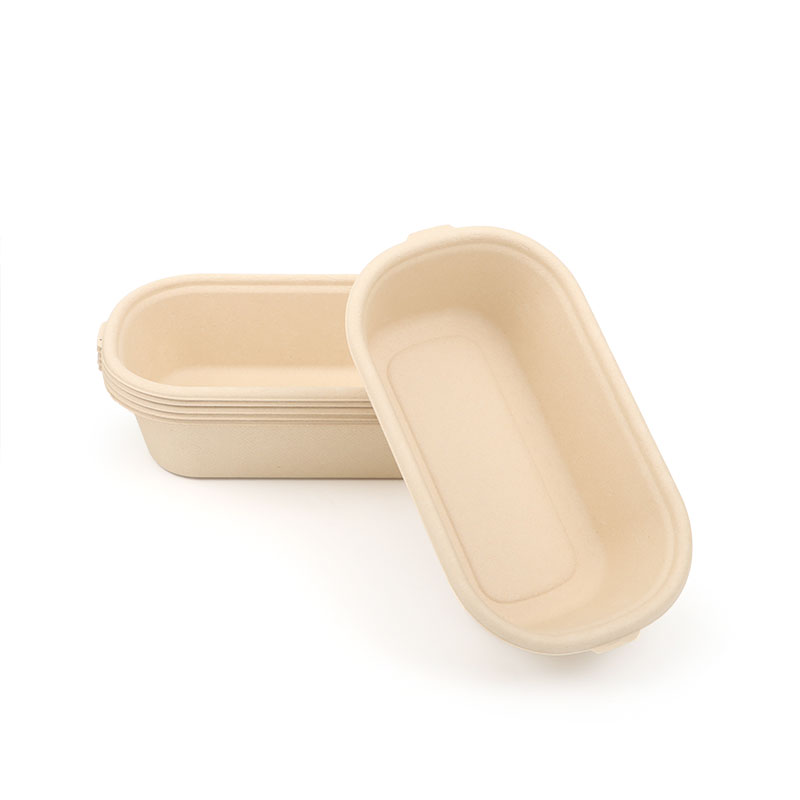 C31-0057-A
C31-0057-A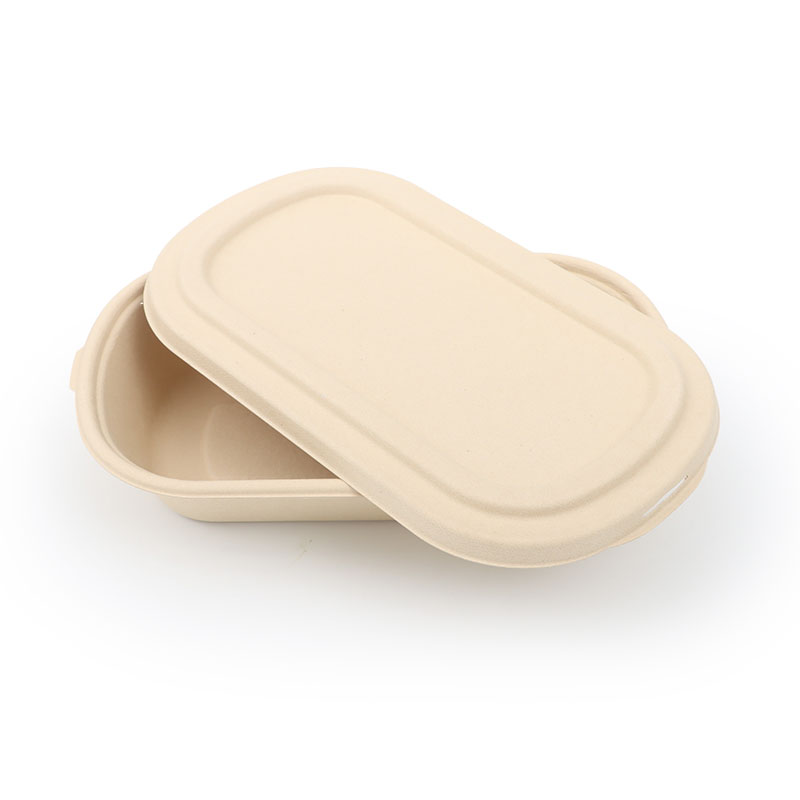 C31-0060-A
C31-0060-A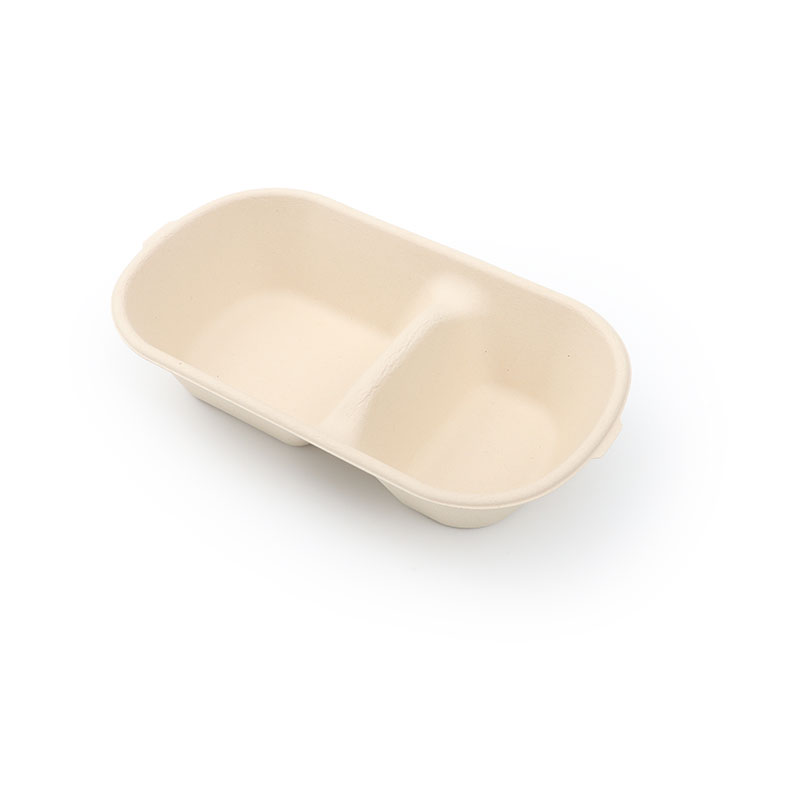 C31-0080-A
C31-0080-A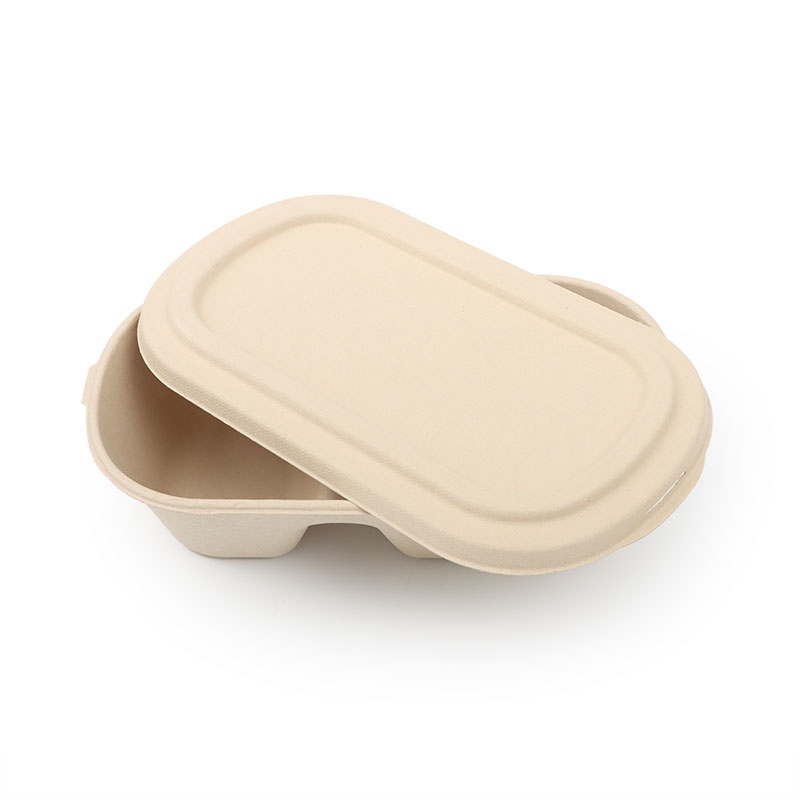 C31-0090-A
C31-0090-A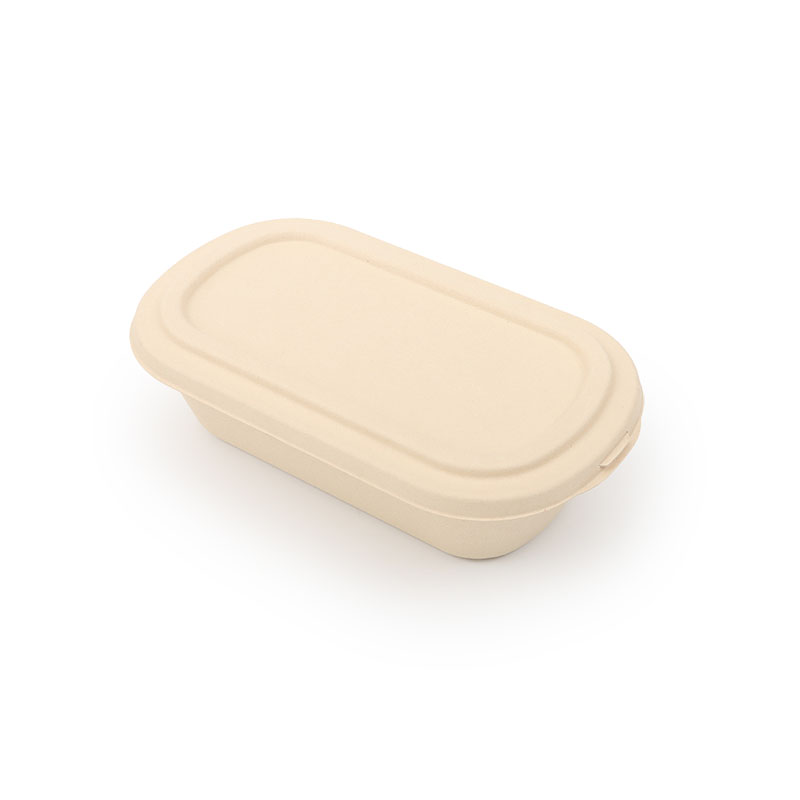 C31-0091-A
C31-0091-A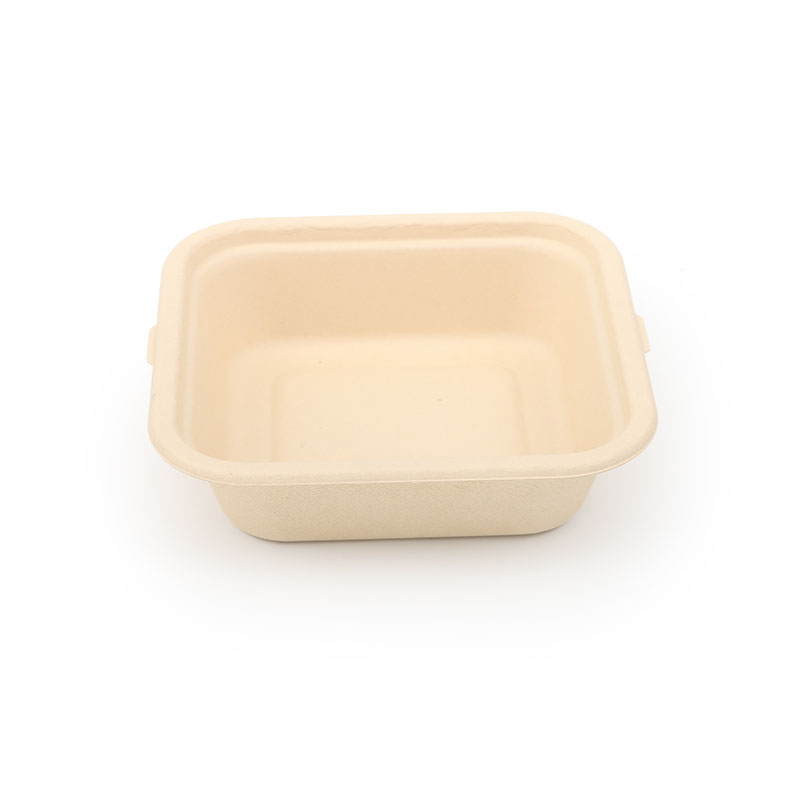 C31-0930-A
C31-0930-A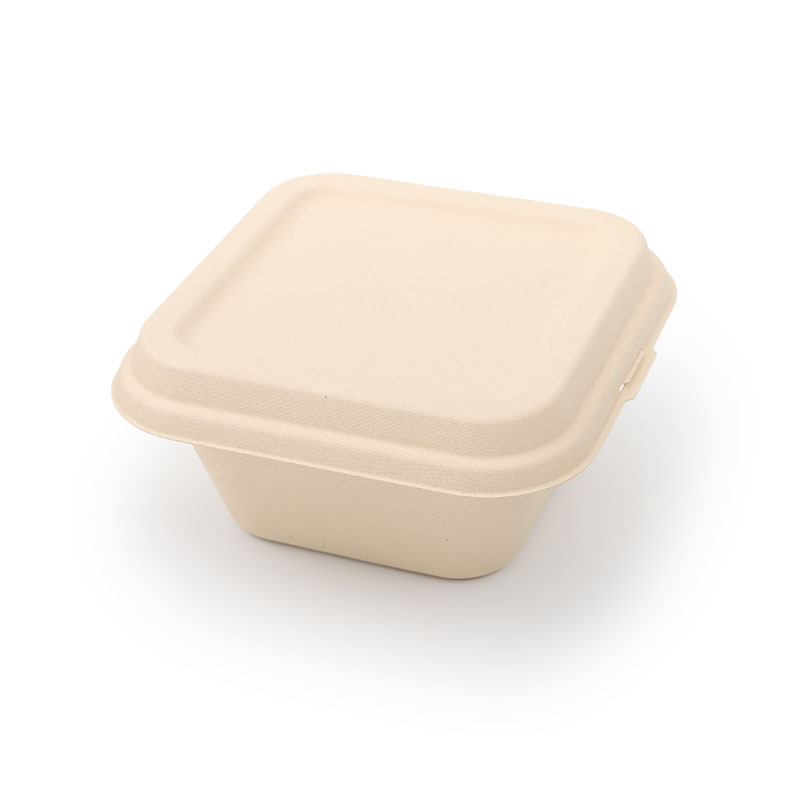 C31-0940-A
C31-0940-A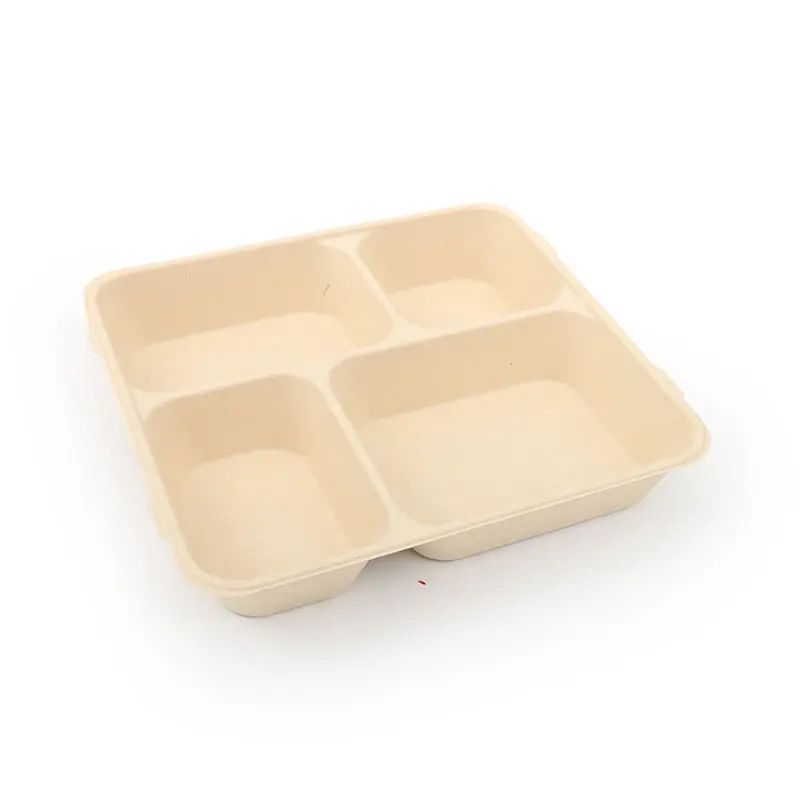 C71-3970-A
C71-3970-A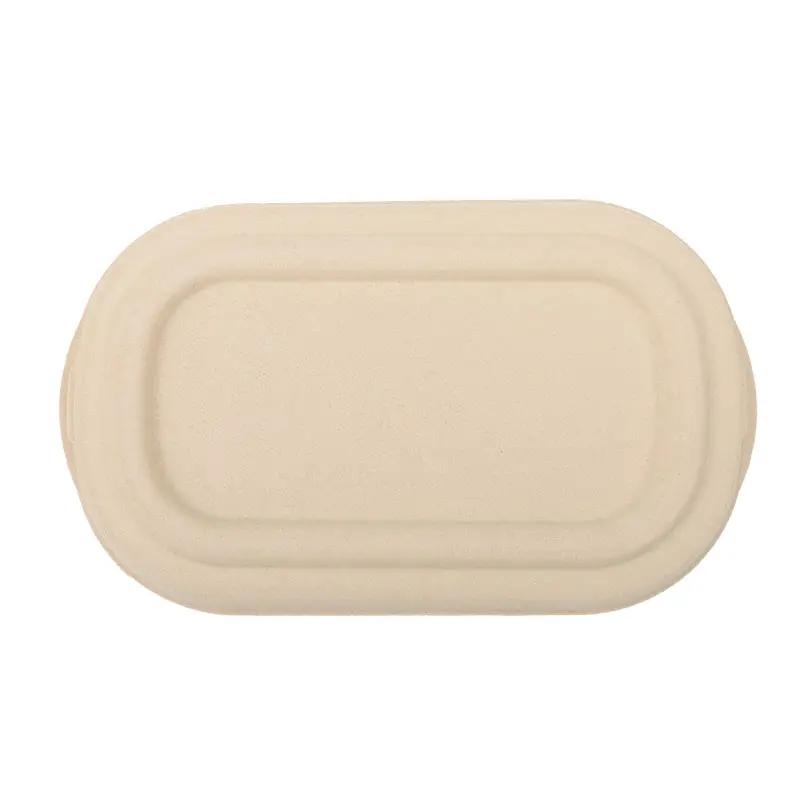 C31-0057-B
C31-0057-B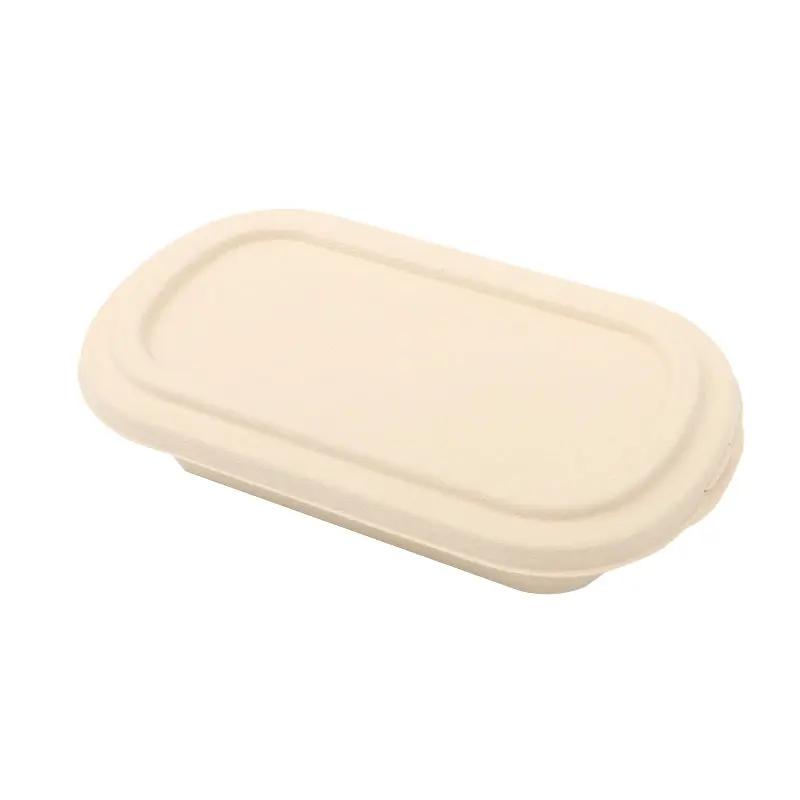 C31-0060-B
C31-0060-B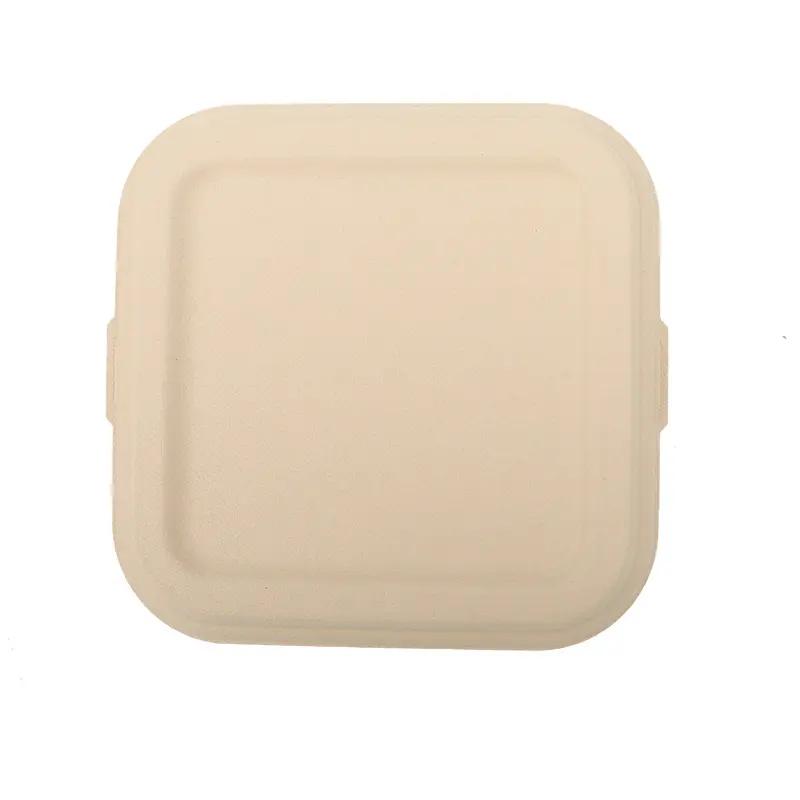 C31-0930-B
C31-0930-B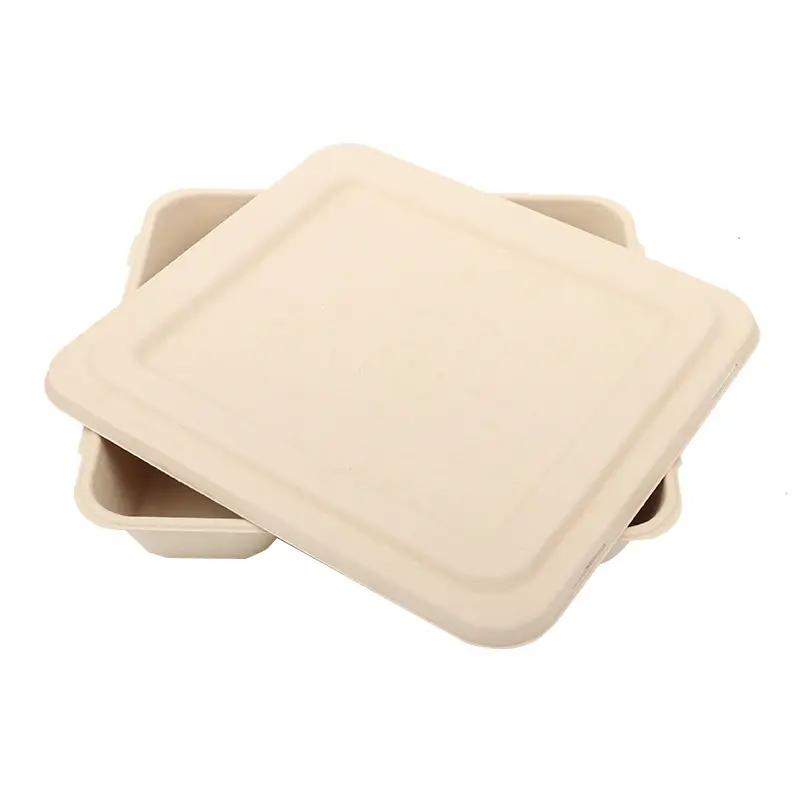 C71-3970-B
C71-3970-B Mult-Part Box
Mult-Part Box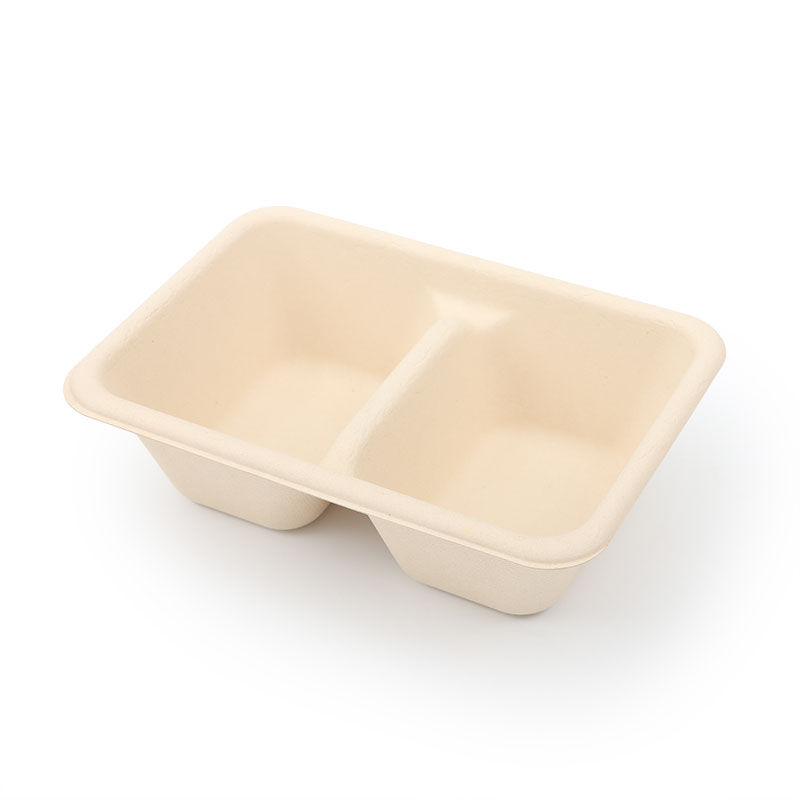 C31-0071-A
C31-0071-A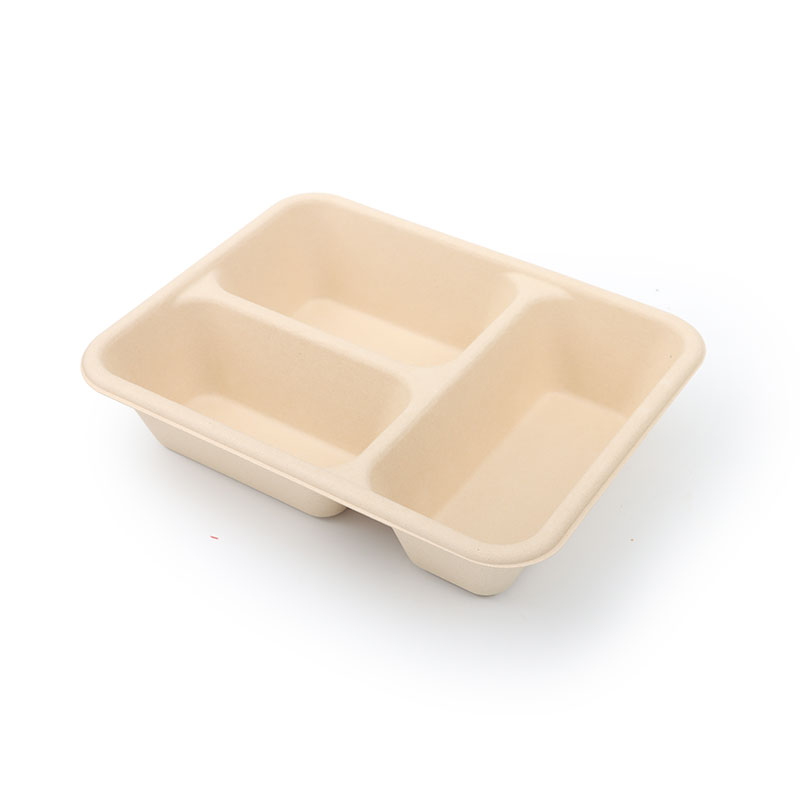 C31-0073-A
C31-0073-A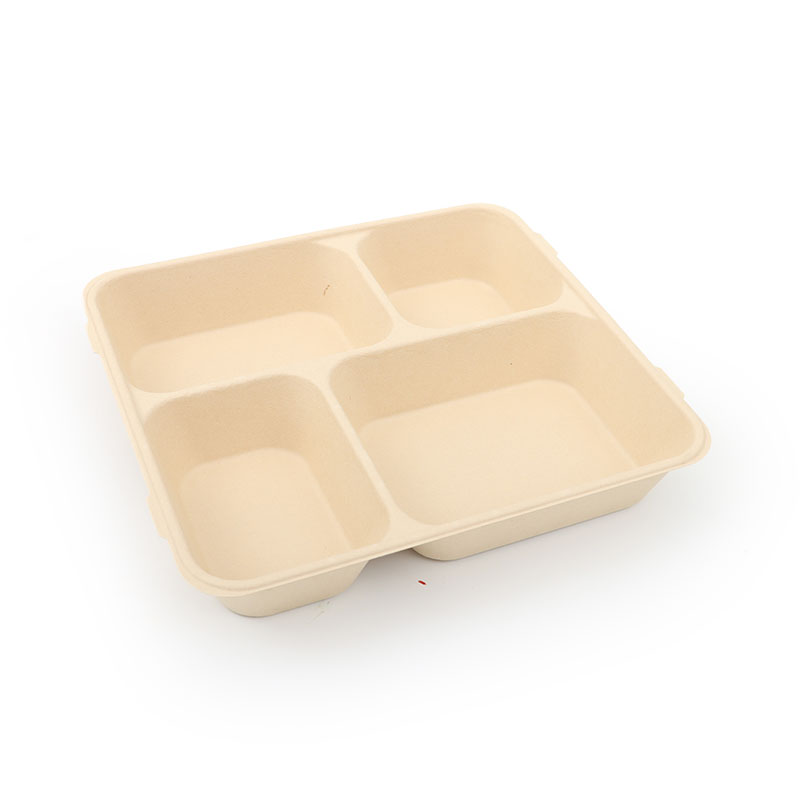 C71-3970-A
C71-3970-A C71-3980A
C71-3980A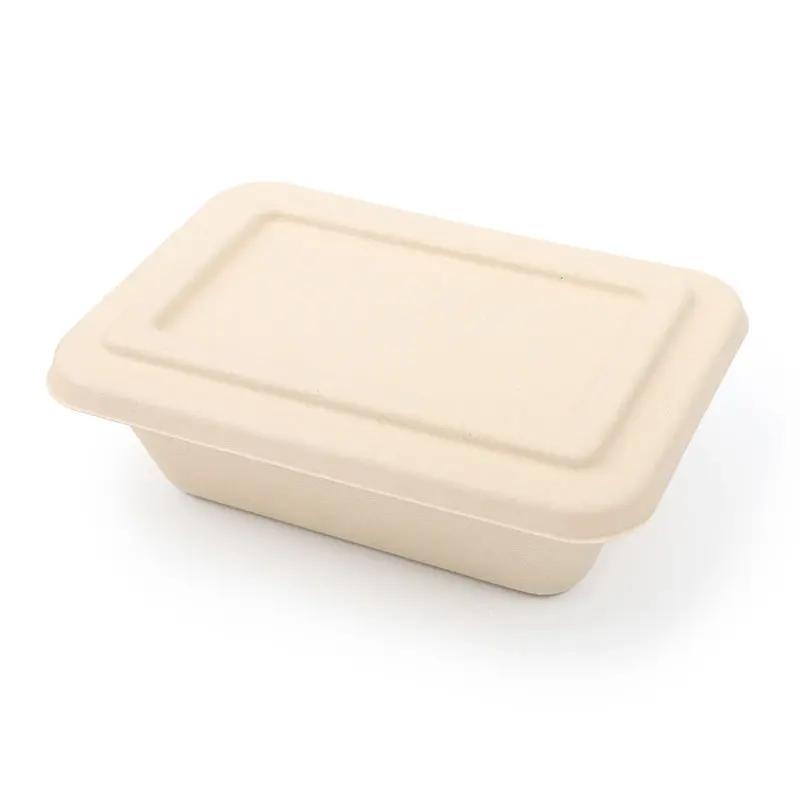 C31-0070-B
C31-0070-B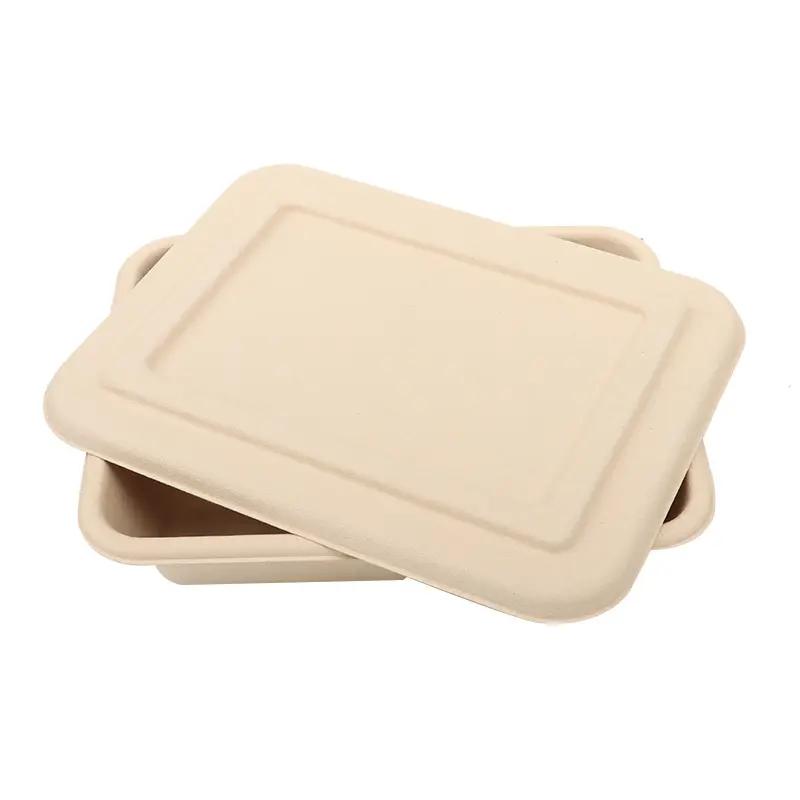 C31-0073-B
C31-0073-B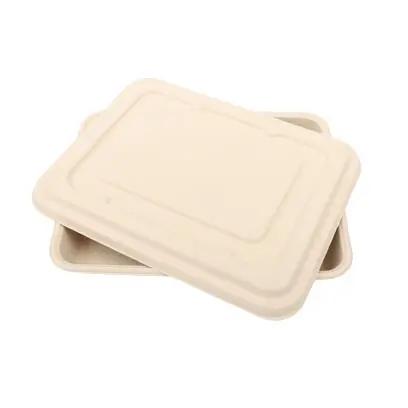 C71-3980-B
C71-3980-B Square Box
Square Box Box Without T buckle
Box Without T buckle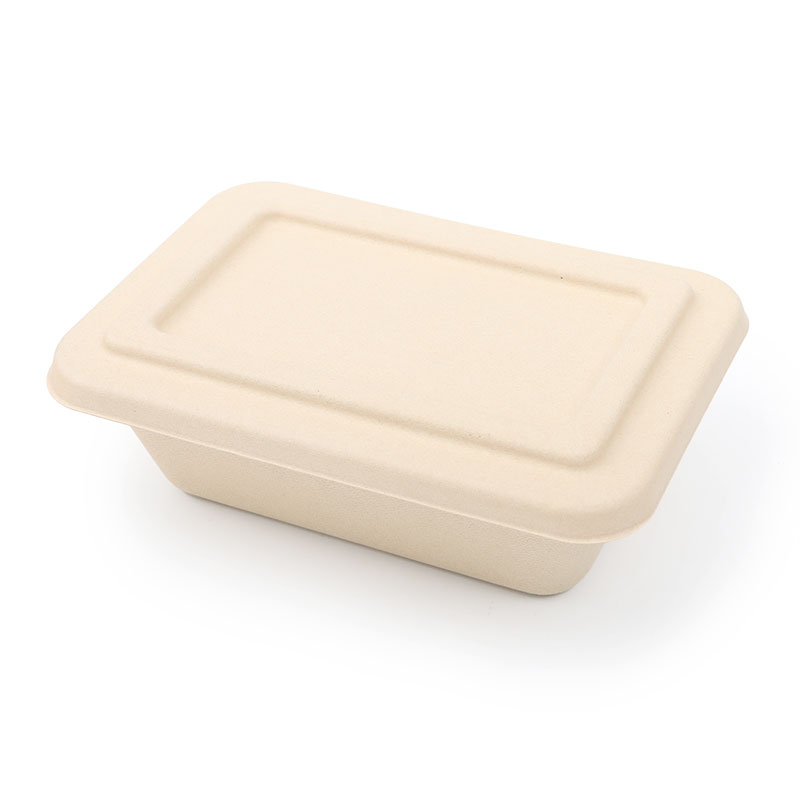 C31-0070-A
C31-0070-A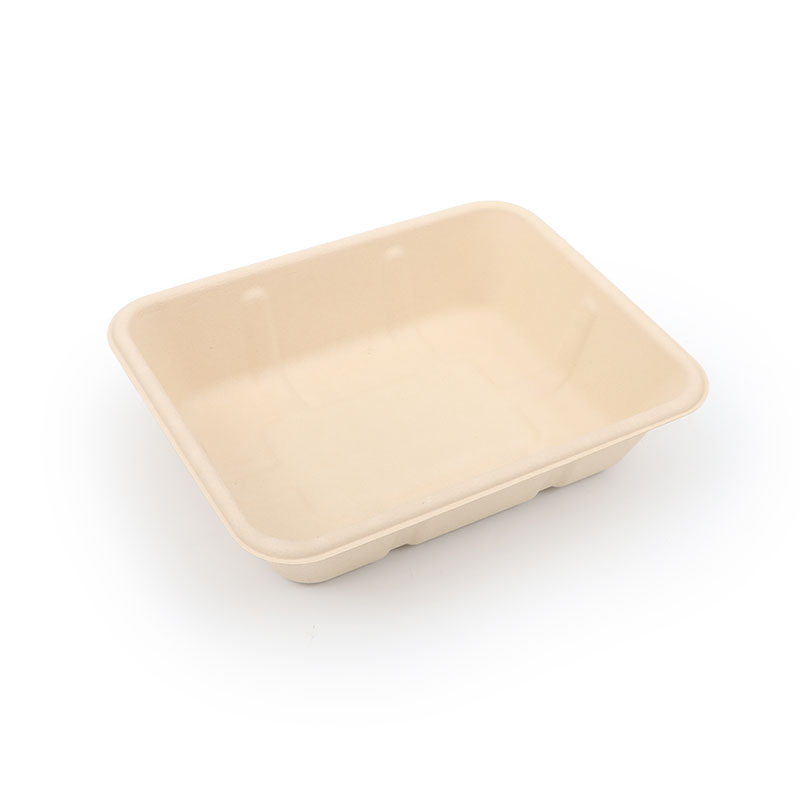 C31-0075-A
C31-0075-A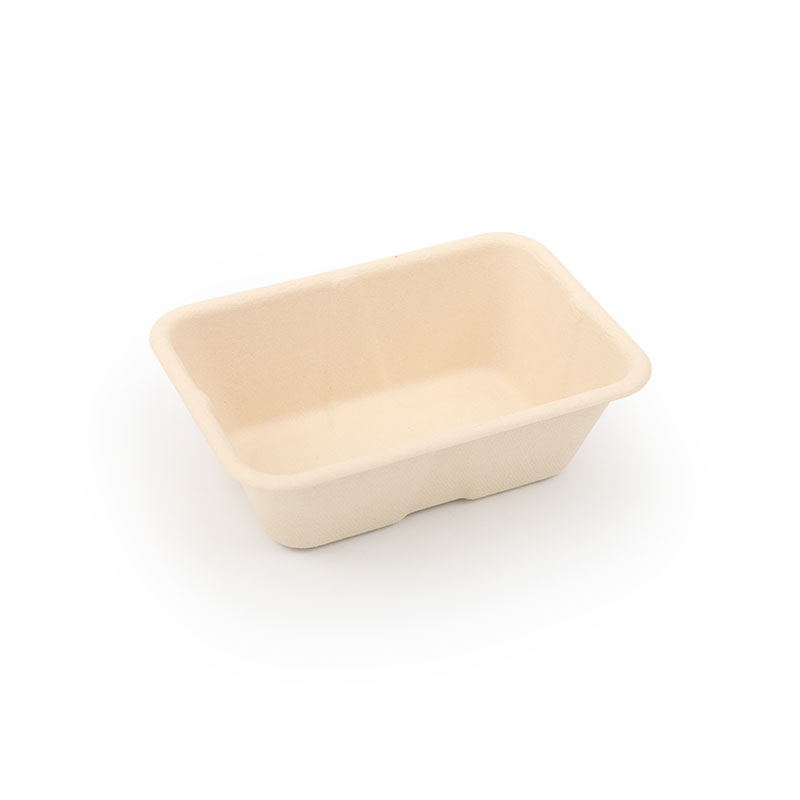 C31-2890-A
C31-2890-A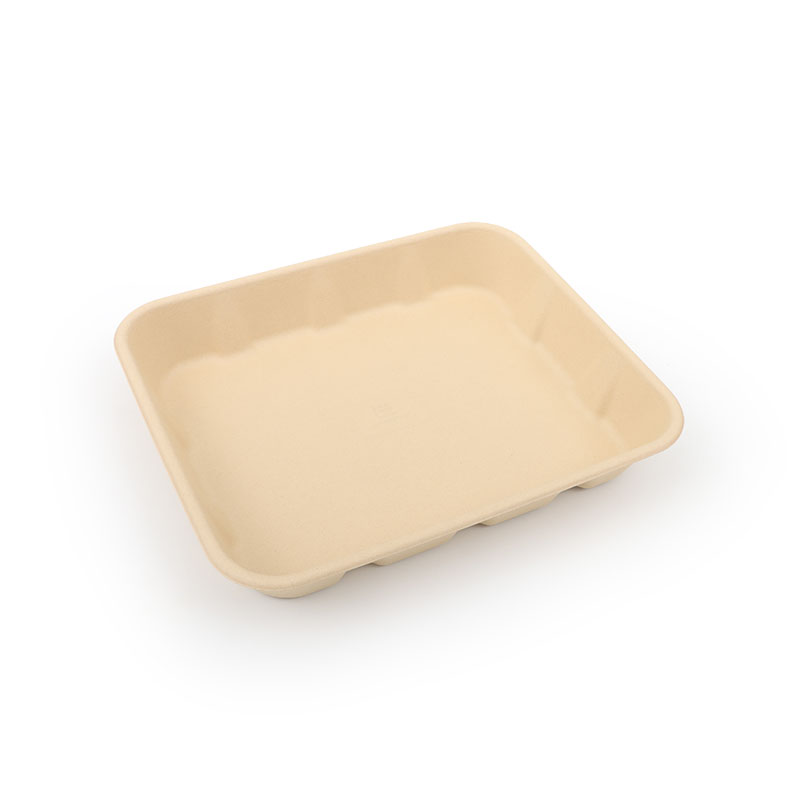 C31-3130-A
C31-3130-A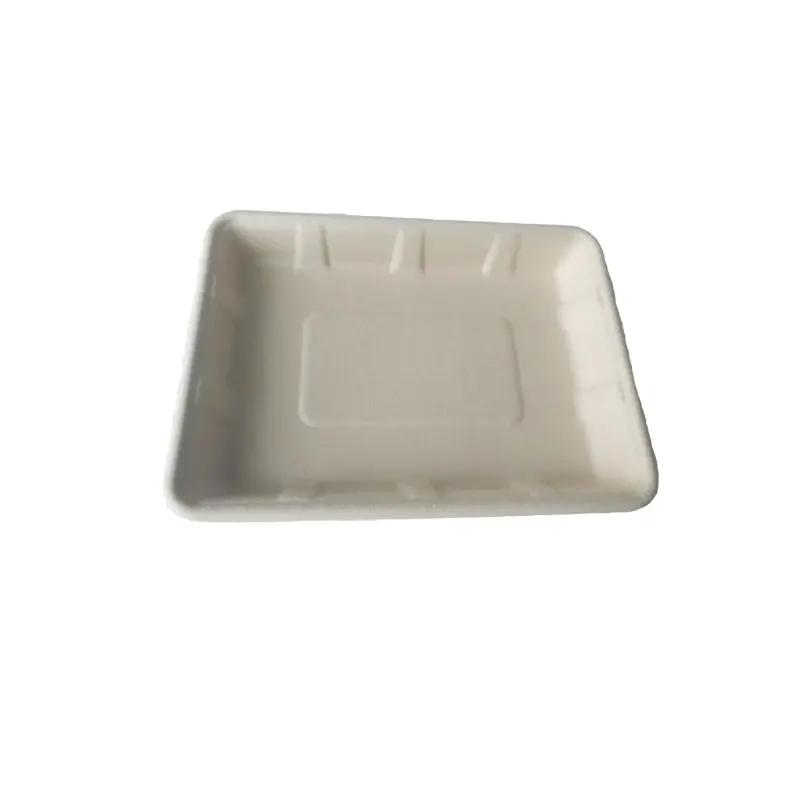 C71-4300-A
C71-4300-A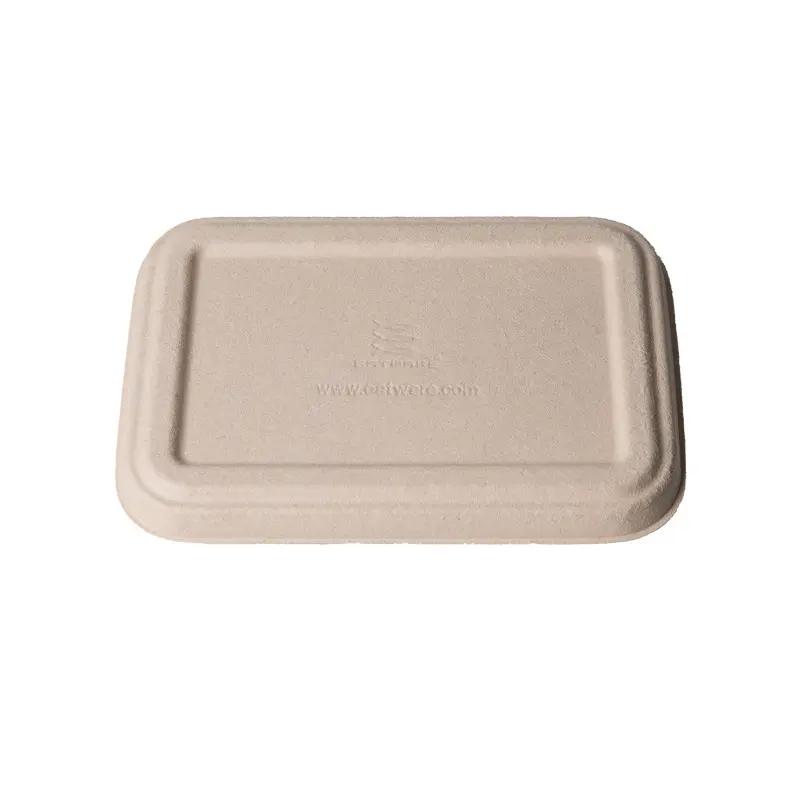 C31-2890-B
C31-2890-B One Part Box
One Part Box C31-0950-A
C31-0950-A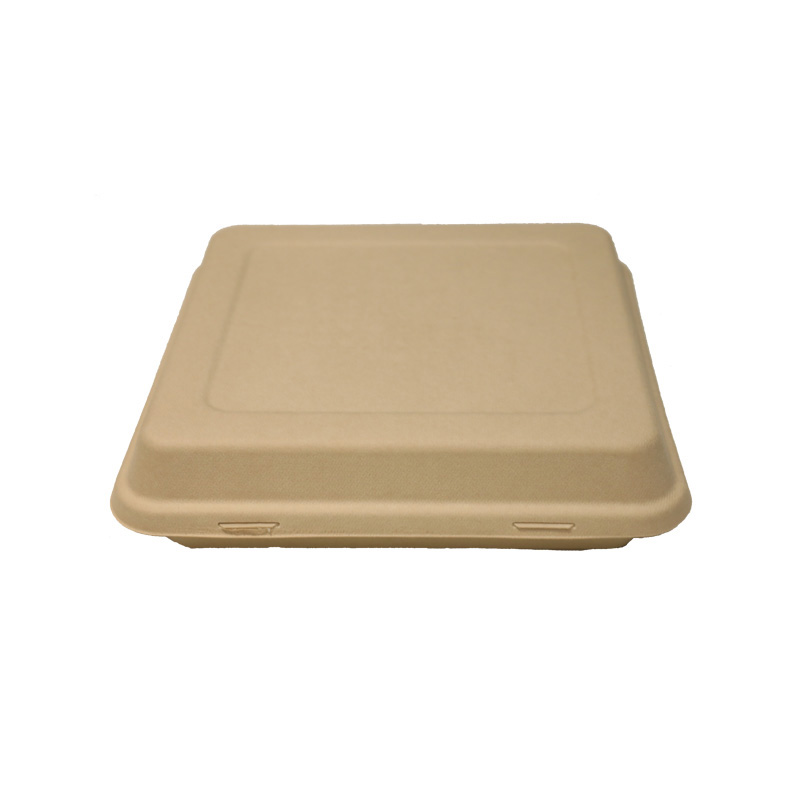 C31-0950-B
C31-0950-B Cake Bread Snack Tray Series
Cake Bread Snack Tray Series C71-0020-A
C71-0020-A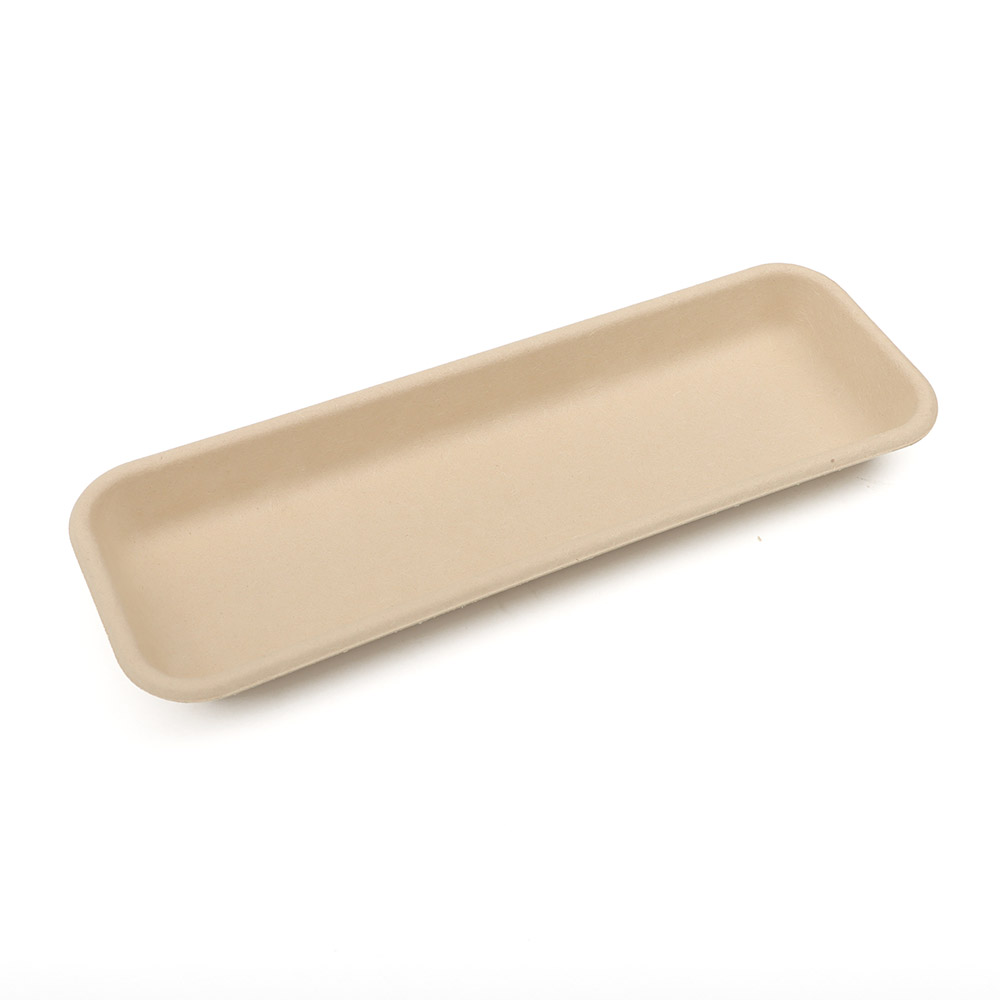 C71-0100-A
C71-0100-A C71-0380-A
C71-0380-A Fruit And Vegetable Tray Series
Fruit And Vegetable Tray Series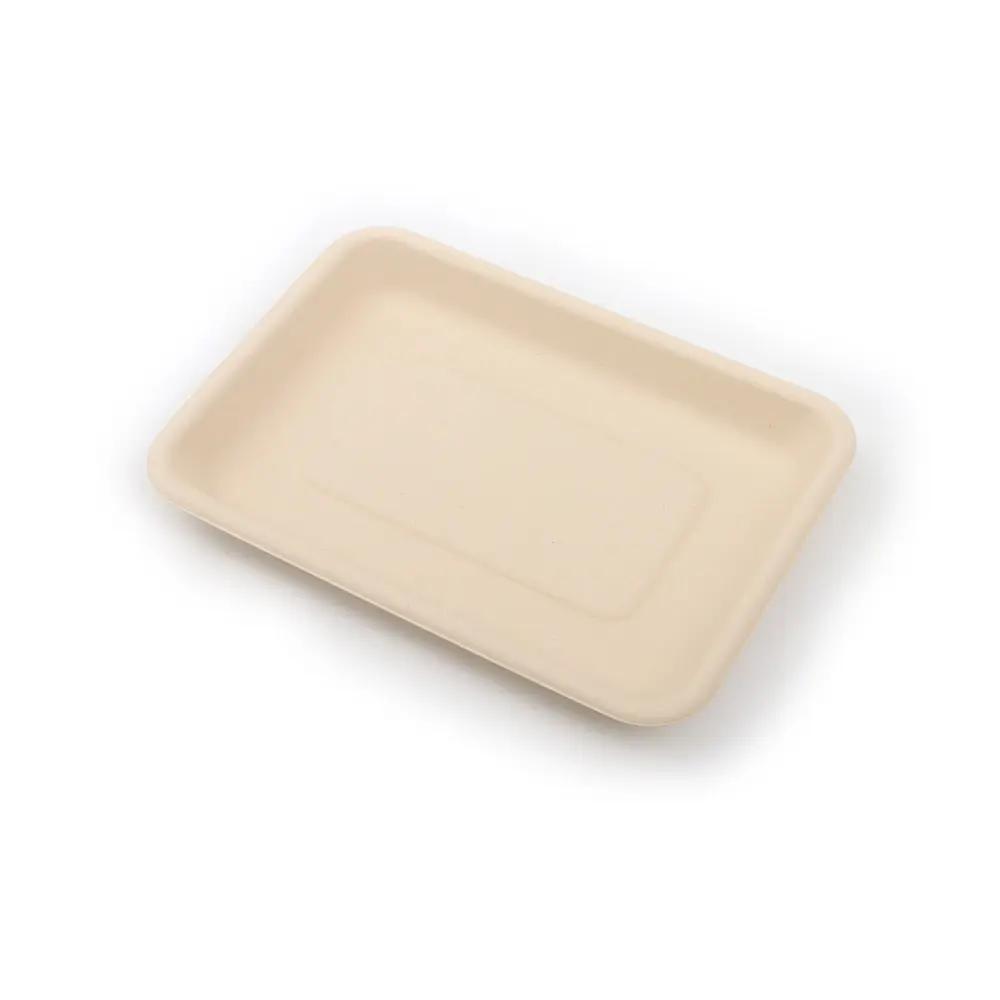 C71-0490-A
C71-0490-A Sushi Tray Series
Sushi Tray Series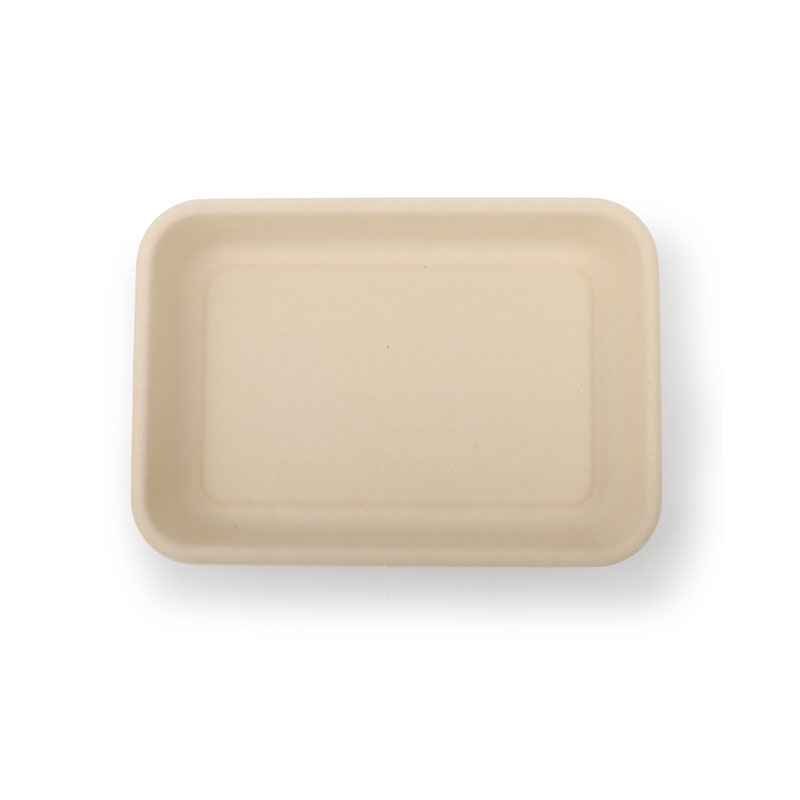 C71-2930-A
C71-2930-A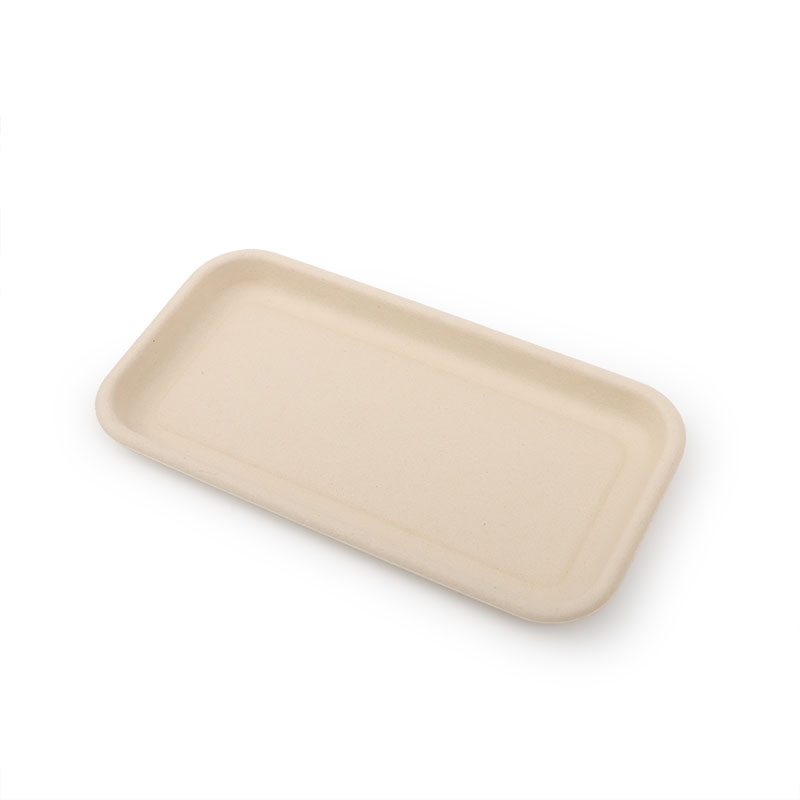 C71-2940-A
C71-2940-A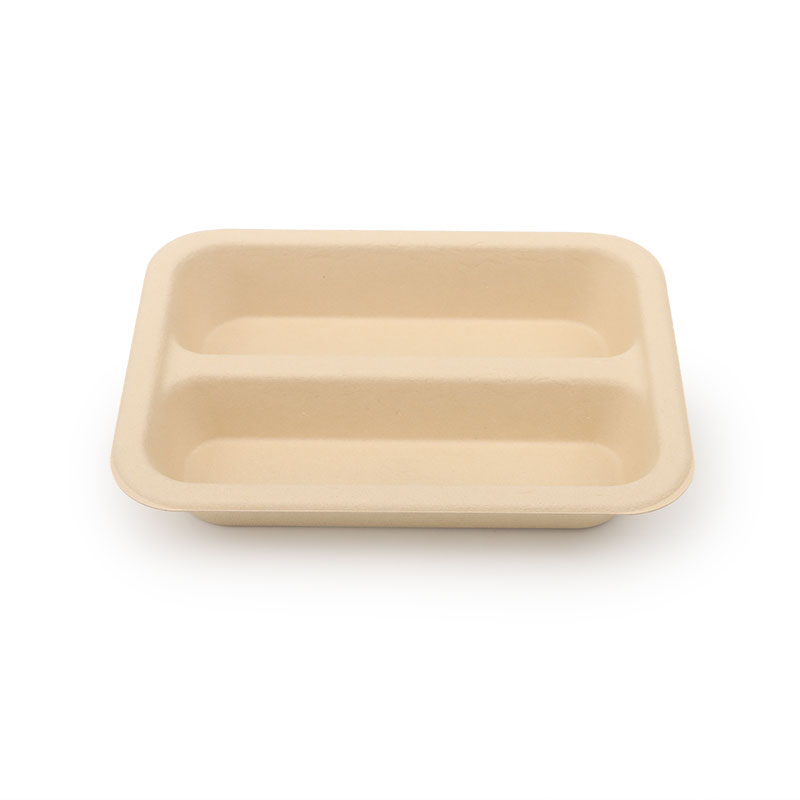 C71-2990-A
C71-2990-A Small Round Plate Series
Small Round Plate Series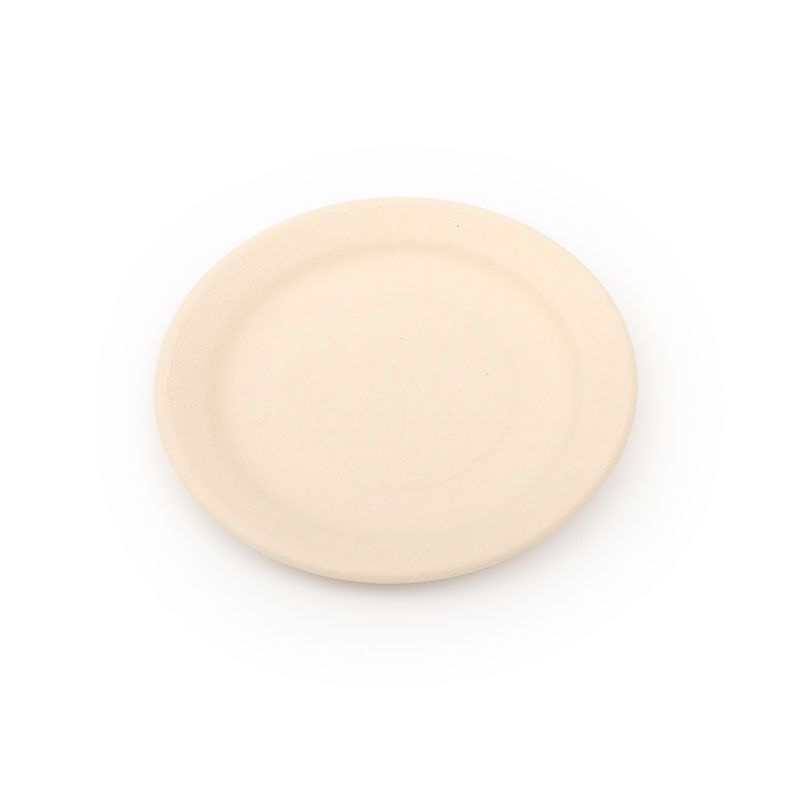 C51-0030-A
C51-0030-A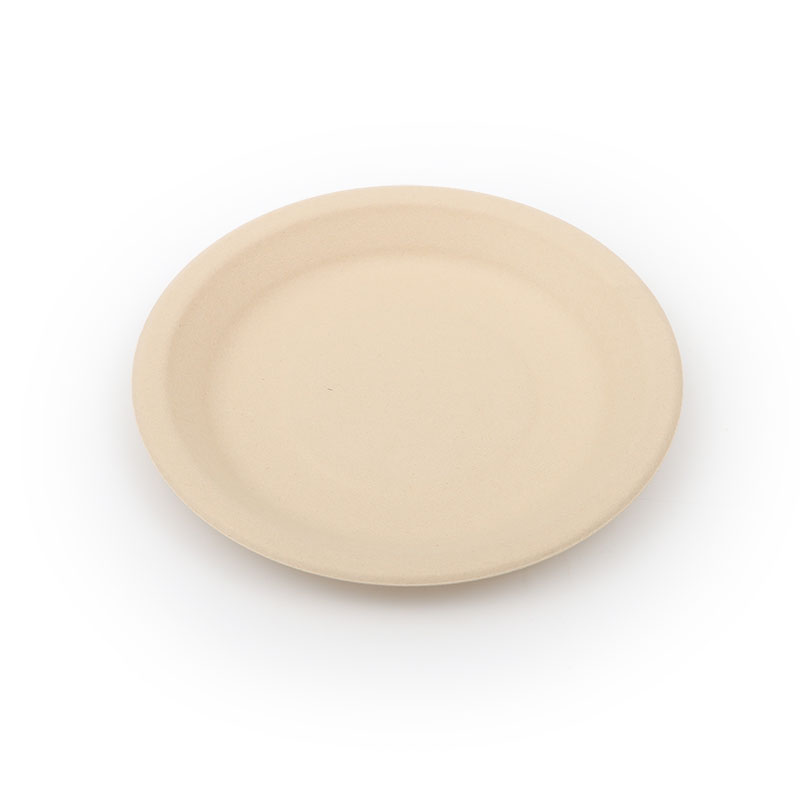 C51-0850-A
C51-0850-A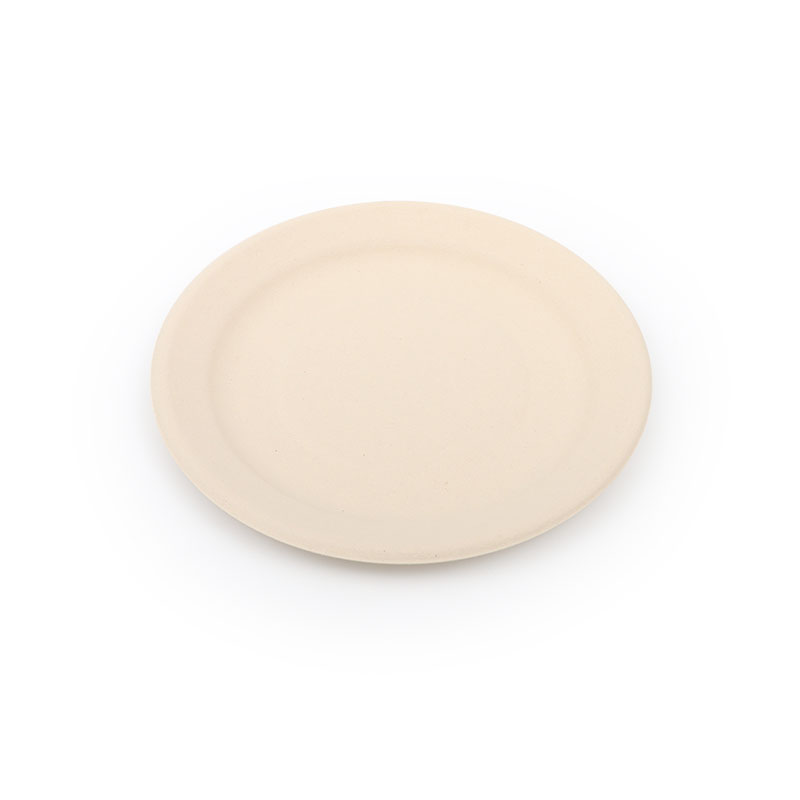 C51-0031-A
C51-0031-A Middle Round Plate Series
Middle Round Plate Series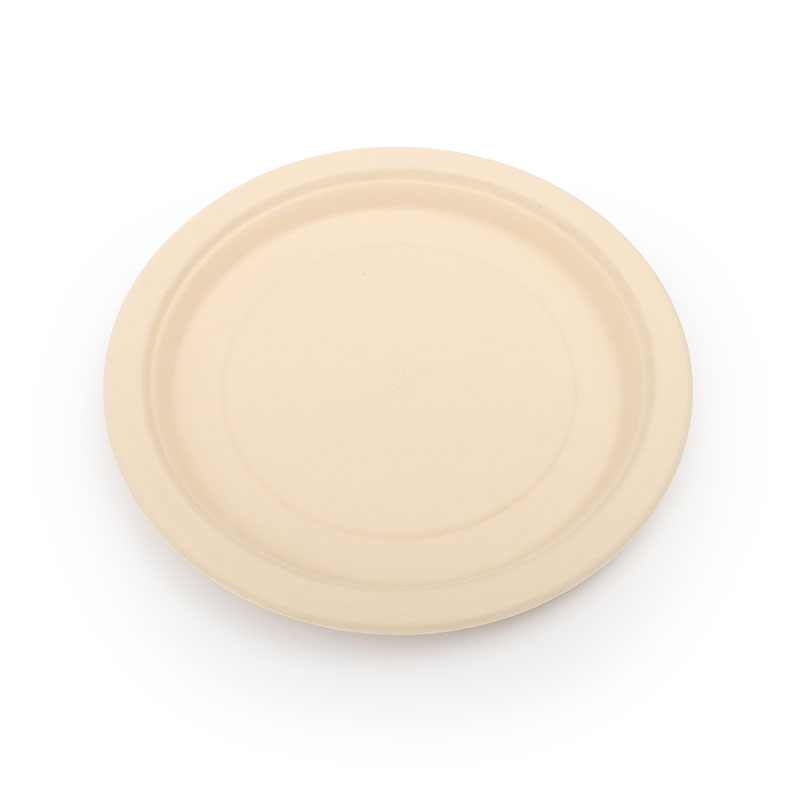 C51-0250-A
C51-0250-A Big Round Plate Series
Big Round Plate Series C51-1790-A
C51-1790-A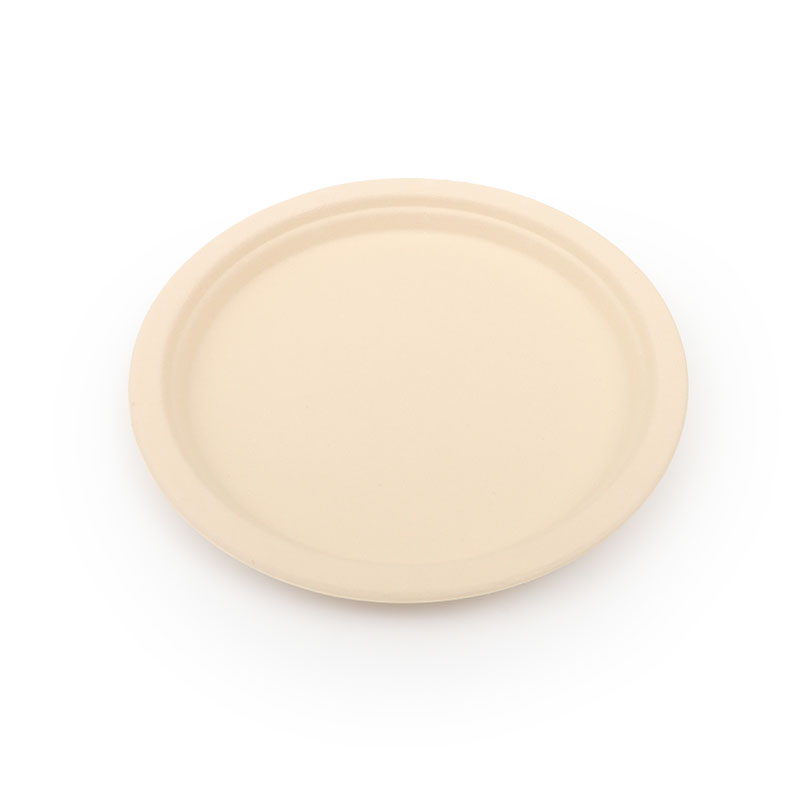 C51-1740-A
C51-1740-A C51-0621-A
C51-0621-A Bigger Bowl
Bigger Bowl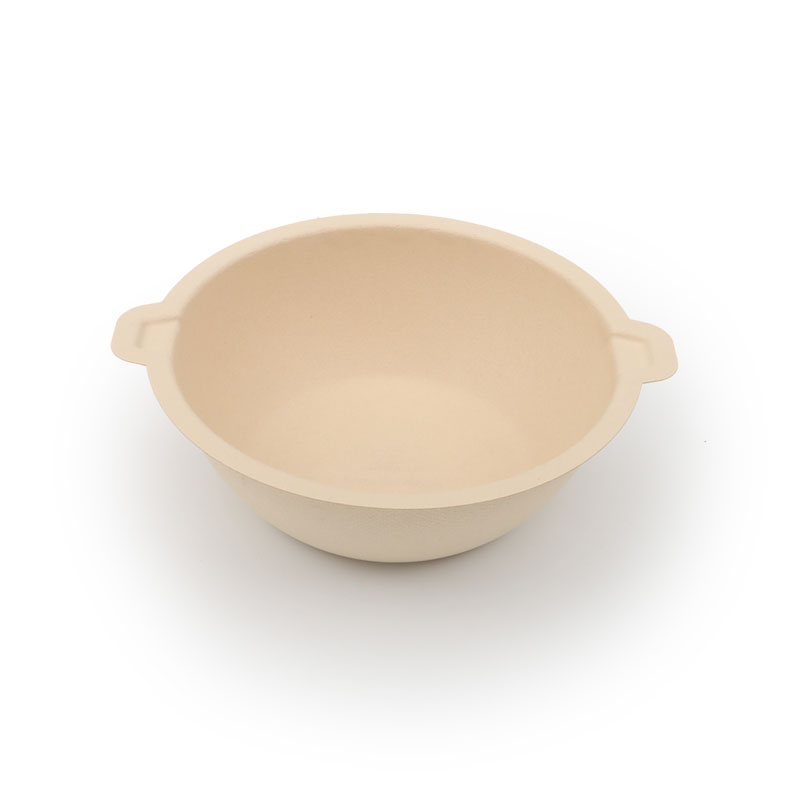 C11-2020-A
C11-2020-A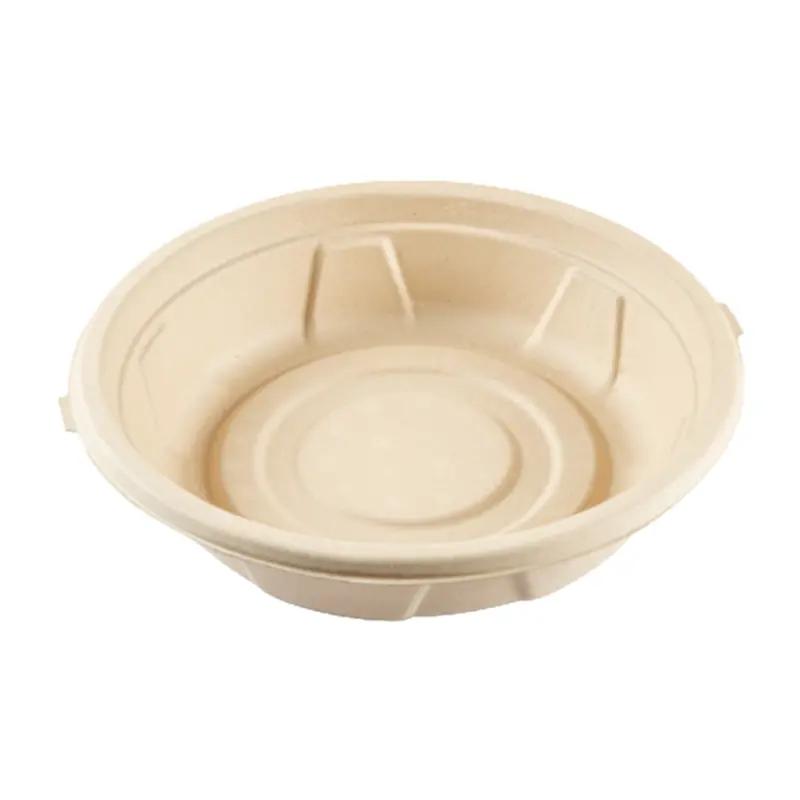 C11-2021-A
C11-2021-A C11-2022-A
C11-2022-A C11-2022-B
C11-2022-B Middle Bowl
Middle Bowl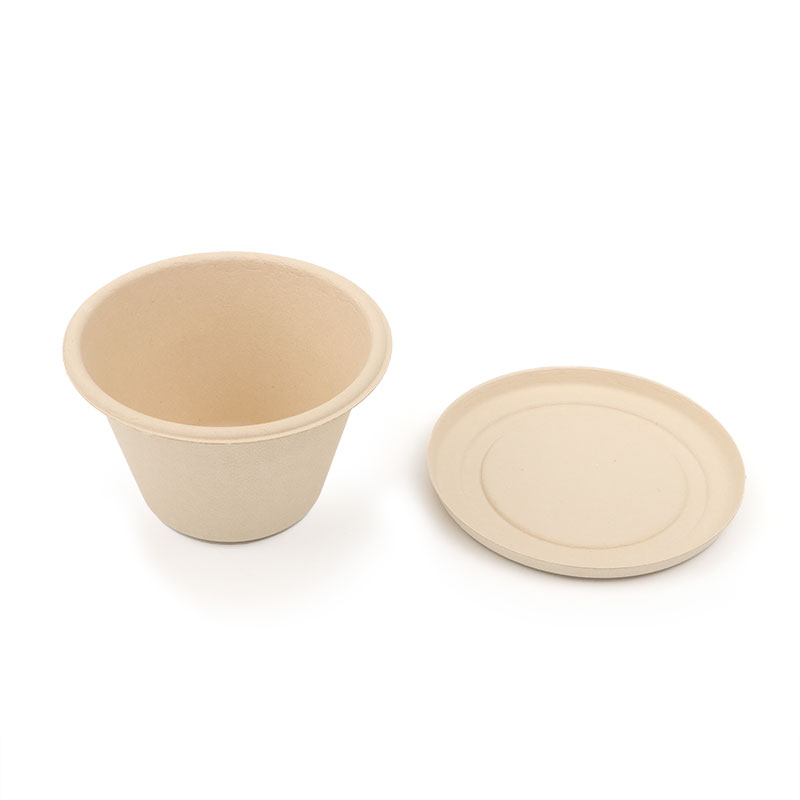 C11-0040-A
C11-0040-A C11-1430-A
C11-1430-A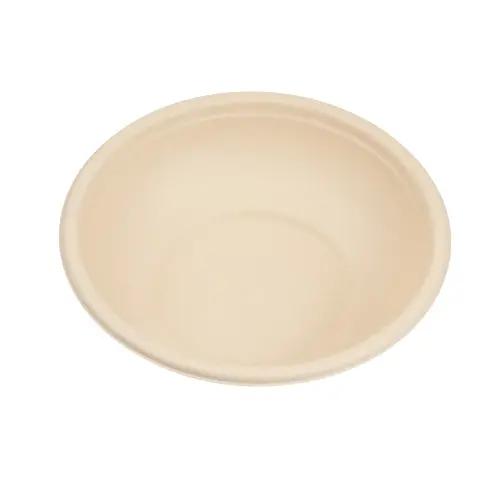 C11-2015-A
C11-2015-A C11-2016-A
C11-2016-A C11-0040-B
C11-0040-B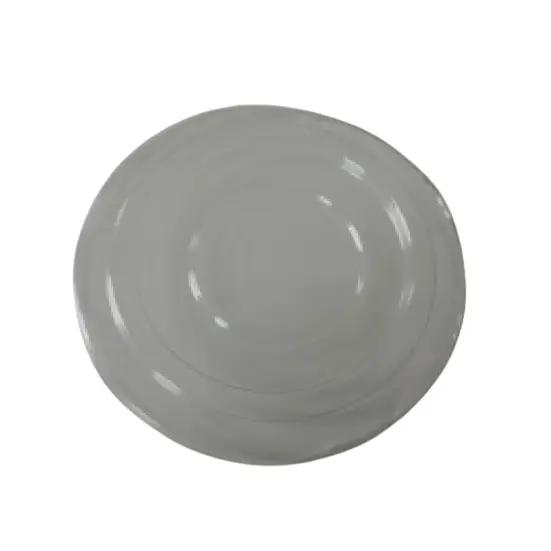 C11-0040-B - PET
C11-0040-B - PET C11-1430-B
C11-1430-B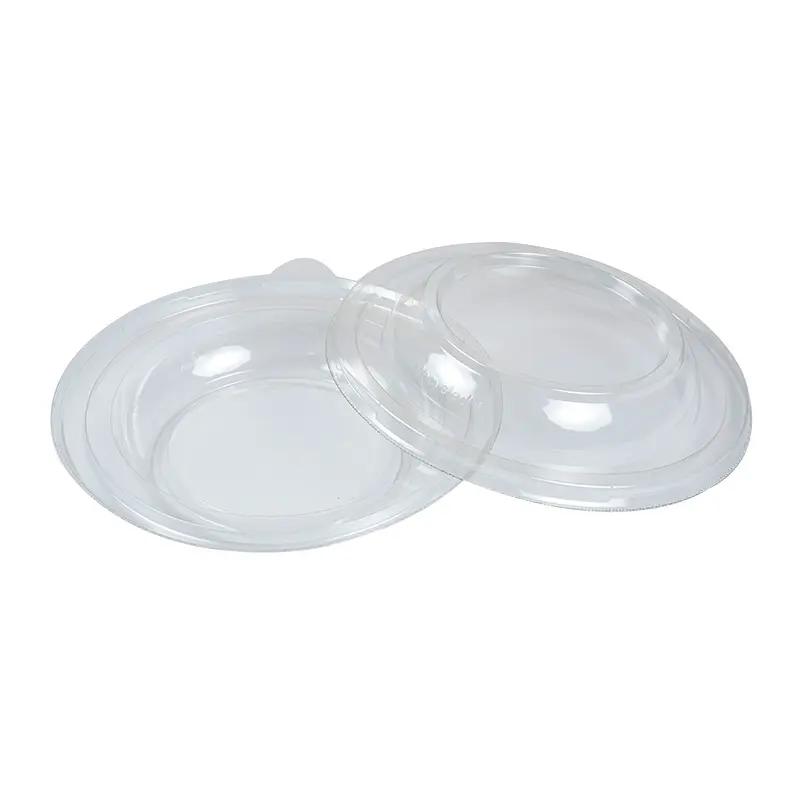 C11-2015-B-PET
C11-2015-B-PET Small Bowl
Small Bowl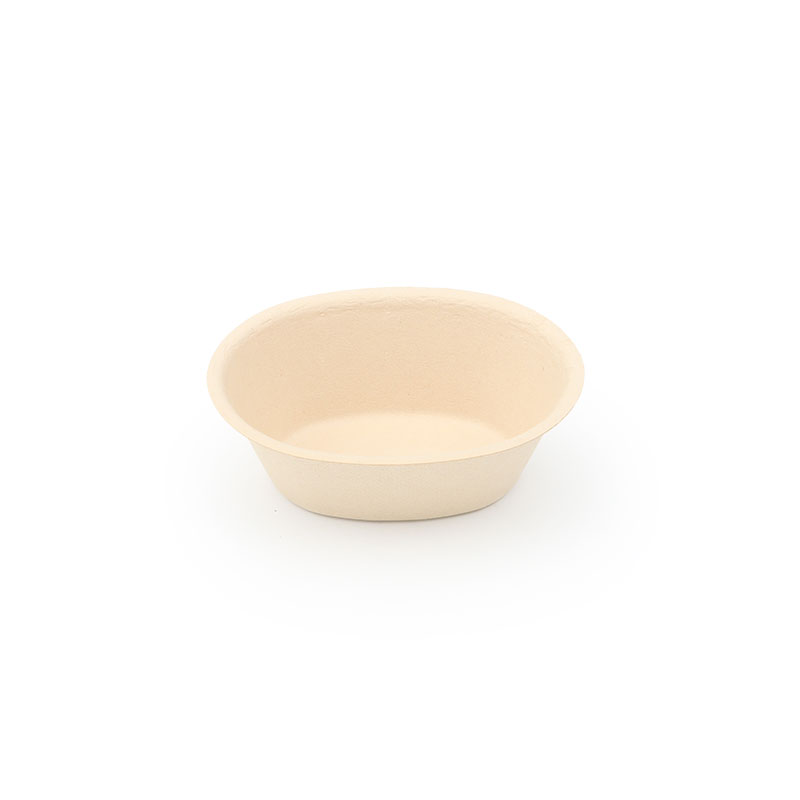 C11-0050-A
C11-0050-A C11-1420-A
C11-1420-A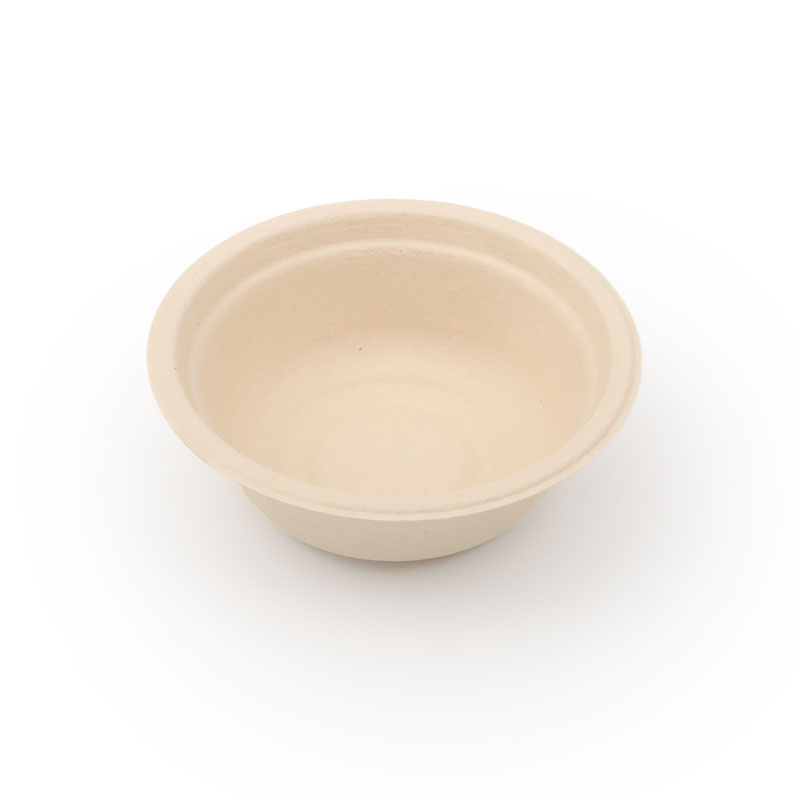 C11-1421-A
C11-1421-A C11-1422-A
C11-1422-A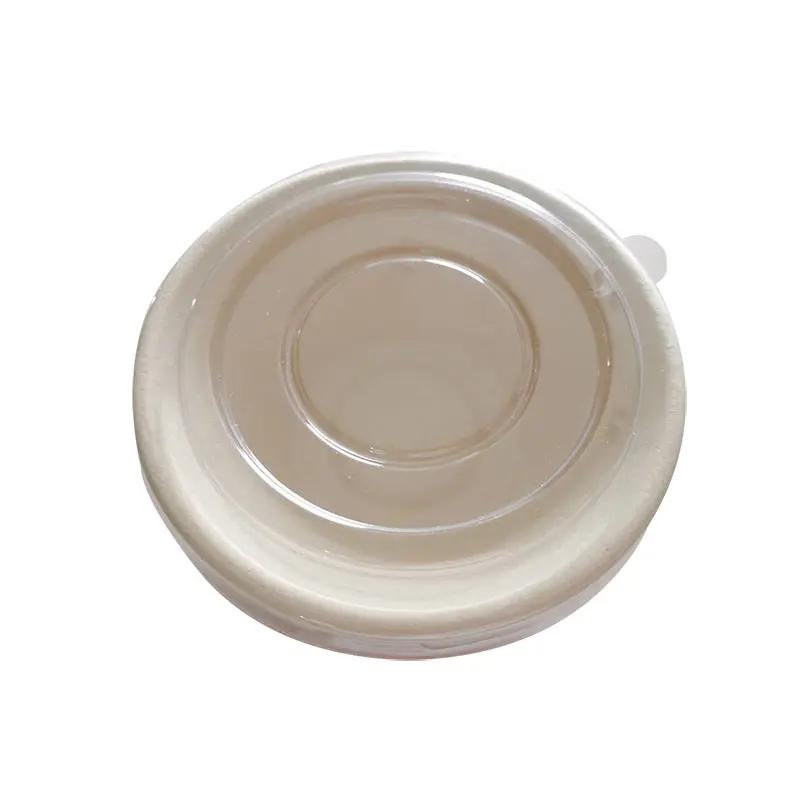 C11-1422-B
C11-1422-B Bagasse Lunch Boxes
Bagasse Lunch Boxes G71-3982A
G71-3982A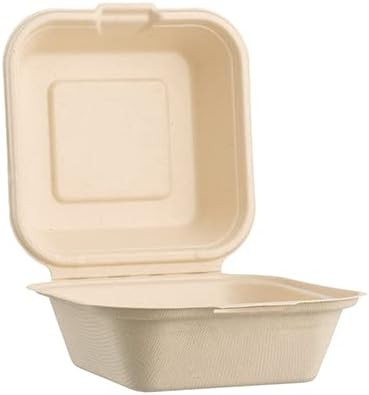 G22-0061A
G22-0061A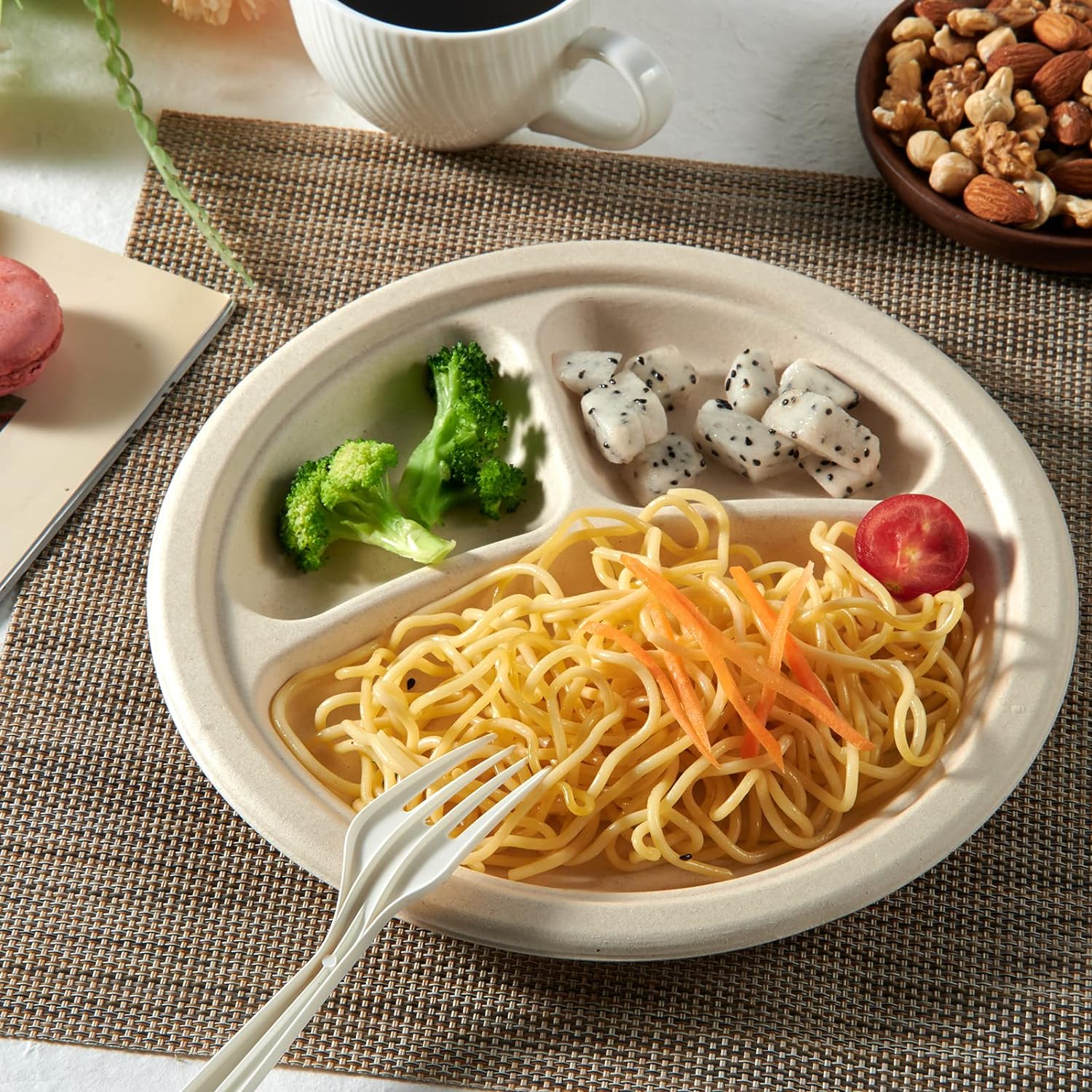 Bagasse Food Plates
Bagasse Food Plates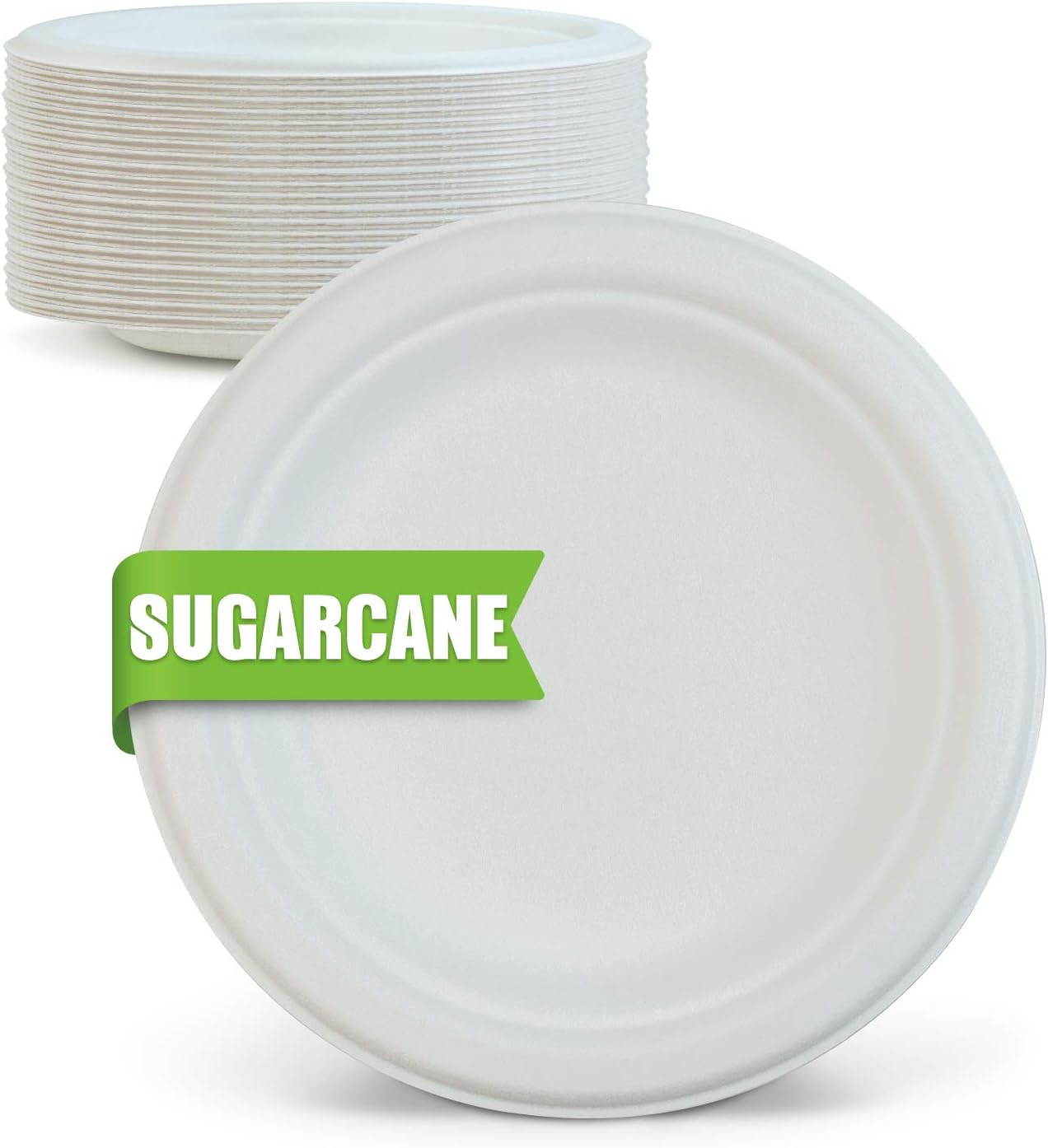 G51-0030A
G51-0030A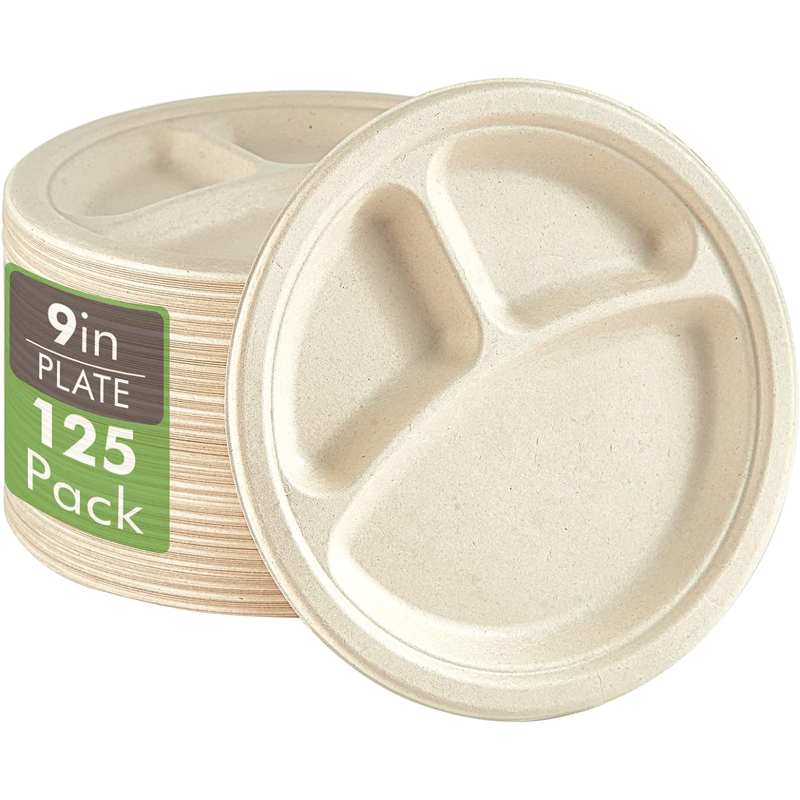 G51-0020A
G51-0020A Bagasse Bowls
Bagasse Bowls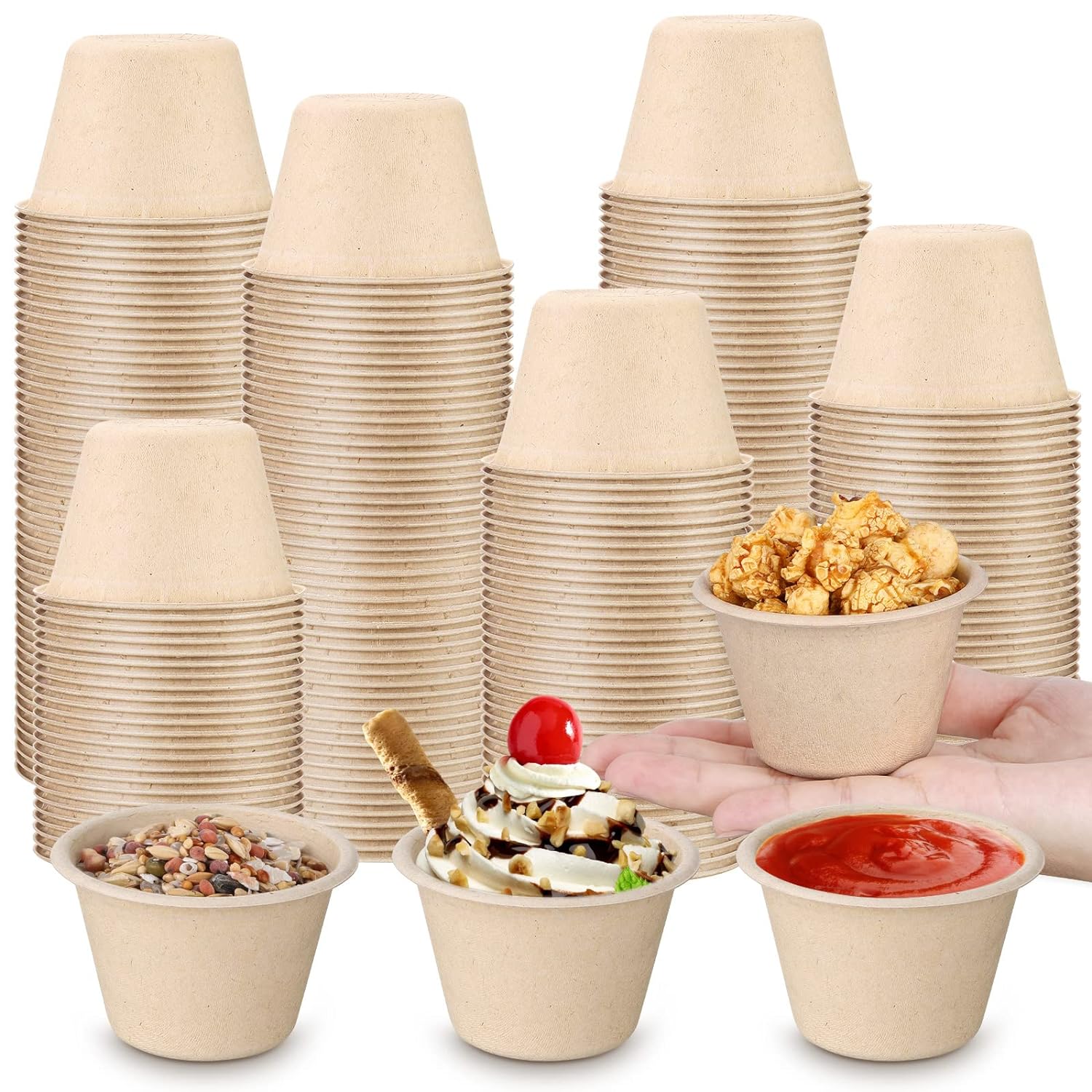 TM-C006
TM-C006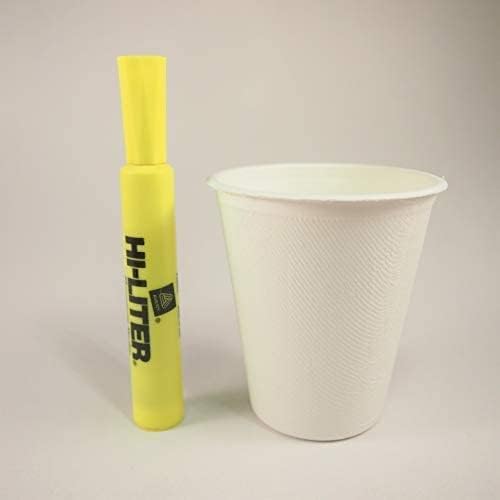 Bagasse Cups And Cutlery
Bagasse Cups And Cutlery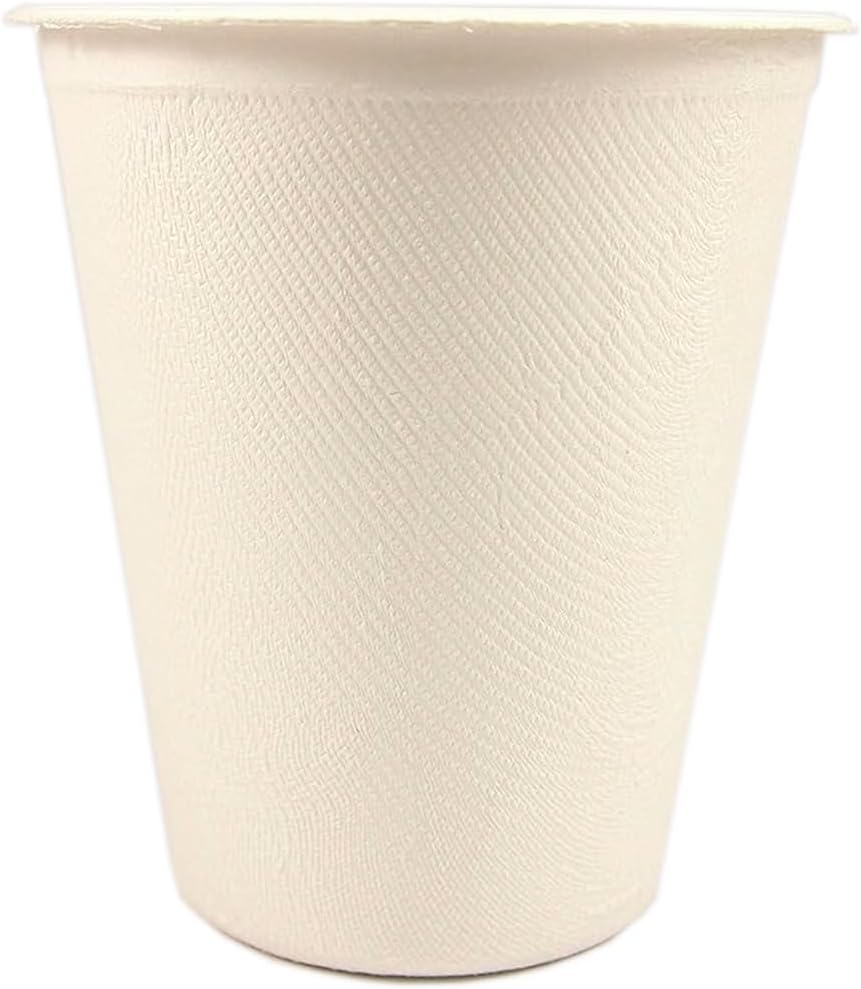 G11-0051A(W)
G11-0051A(W) G11-0052A(W)
G11-0052A(W)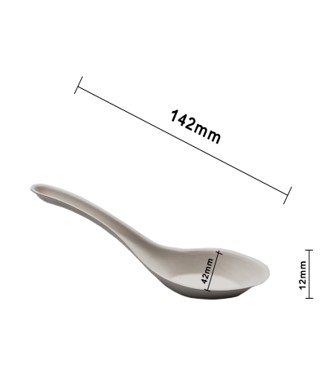 G01-0013D/C/S
G01-0013D/C/S


